
REACHING HEAVEN’S DOCK
Mgr Sean O’Shea’s remains laid to rest - Pages 6&7

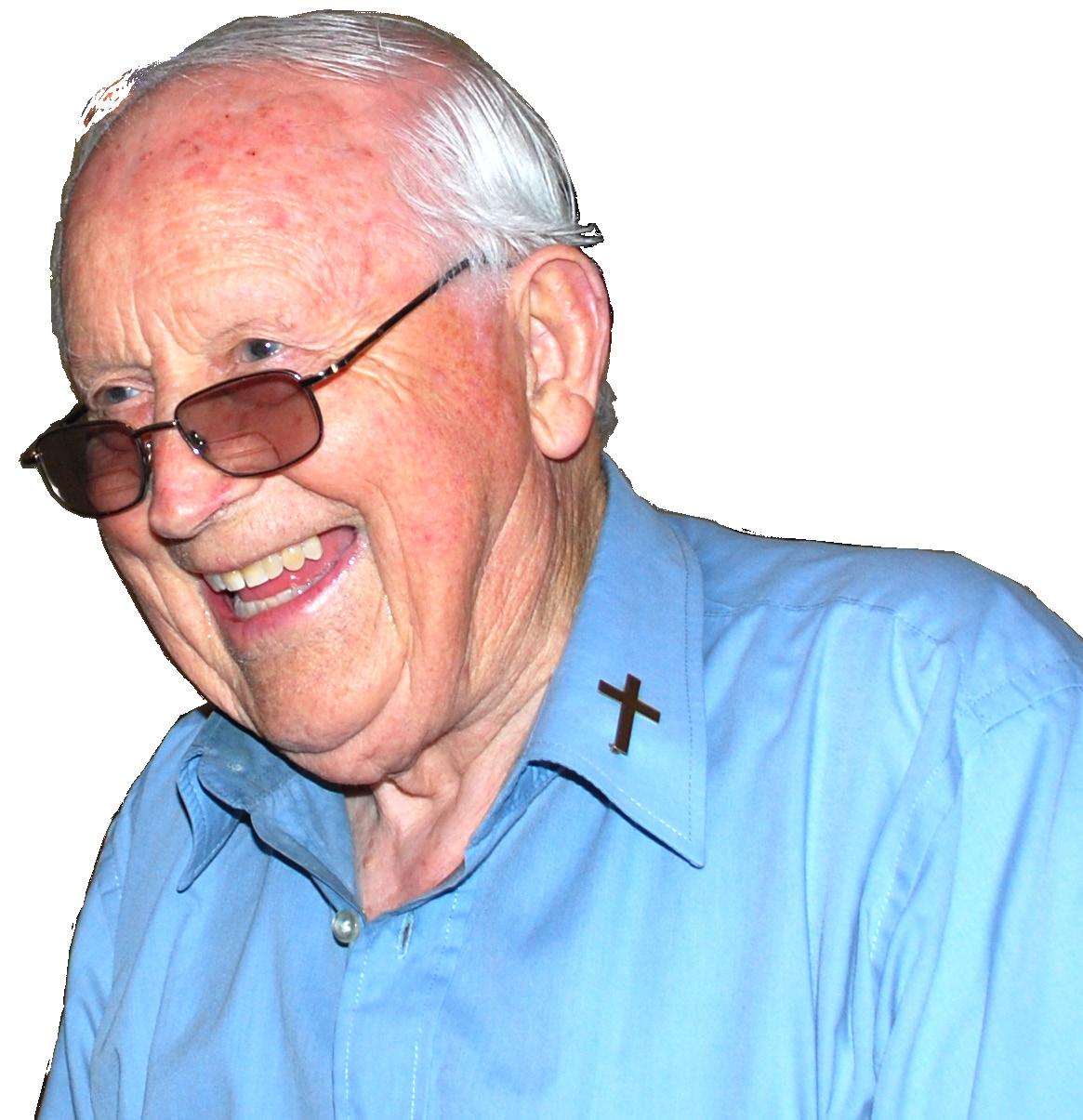
SURPRISE ENDING
Supposedly anti-Church, film’s Master of Suspense had one final surprise- Pages 12&13

Celebrating the birth of Jesus drew large crowds to Catholic churches everywhere
A very Aussie Christmas
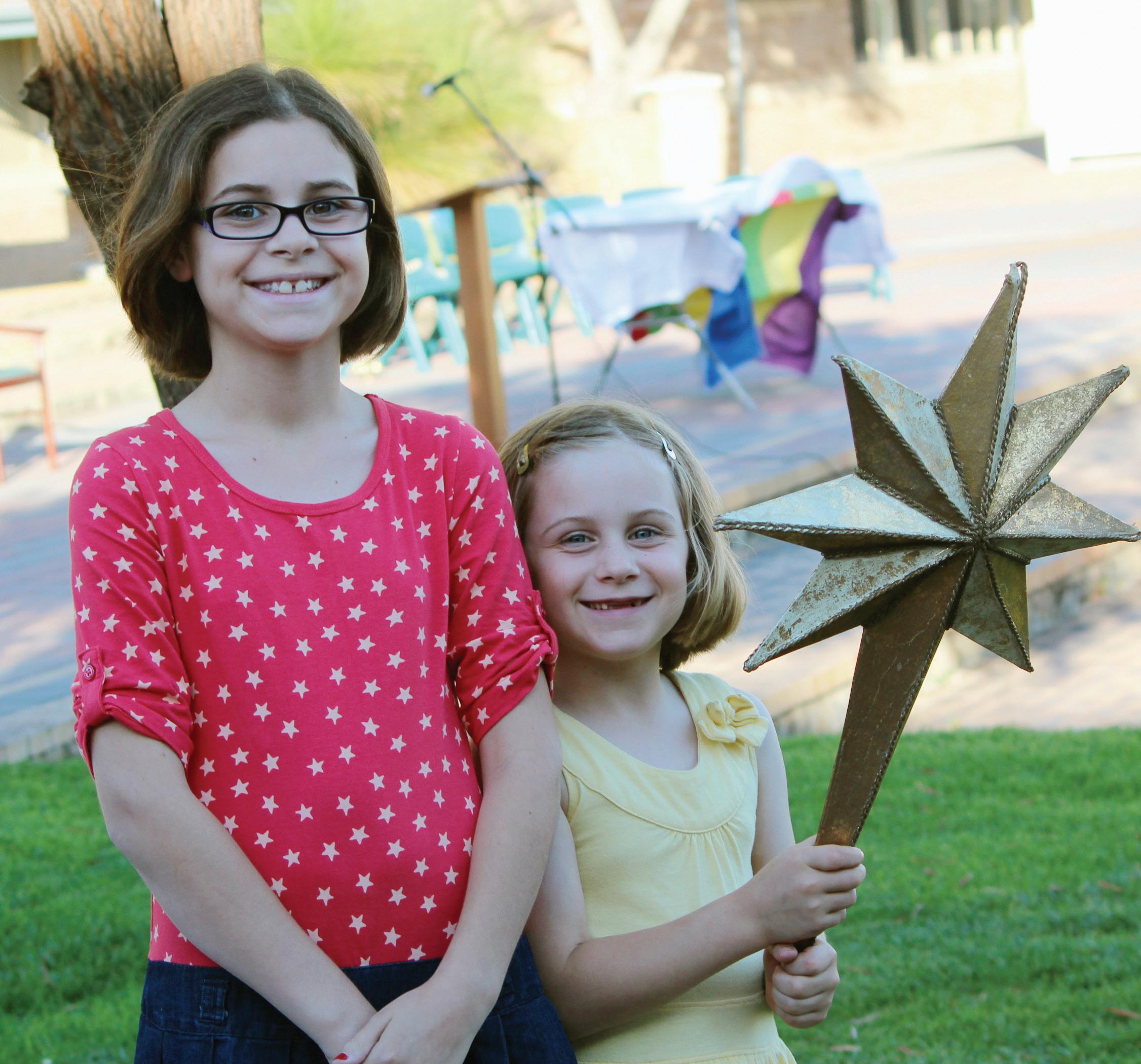
Wednesday, January 2, 2013 N the W orld therecord com au the R ecoRd WESTERN AUSTRALIA’S AWARD-WINNING CATHOLIC NEWSPAPER SINCE 1874 $2.00
PHOTO: LEANNE JOYCE
As usual, Christmas images of snow-bound lanscapes and sleighs abounded at this time of the year, but West Australians celebrated Christmas in an unsurprising heatwave. At Our Lady of Lourdes Parish in Rockingham, Analiese and Gabriel Beal were among the many getting into the Christmas spirit. Parish reports - Pages 2 & 4

Iran tracked protesters with Twitter
OBSERVERS were too optimistic about the power of social media following Iran’s disputed presidential election in 2009, a research collaboration at Notre Dame Australia’s Fremantle Campus has found.
Honours student, Jarrad Goold, collaborated with Senior Lecturer in Politics and International Relations and his honours supervisor, Dr Daniel Baldino, on the research paper titled - Iran and the Emergence of Information Communication Technology: The Evolution of Revolution?
The paper focused on four forms of social media – blogs, YouTube, Twitter and Facebook – and how they were used by protesters as a de facto voice in the aftermath of the election.
It also highlighted the capacity of governments and political parties in countries with limited freedom of press to use social media to promote their own doctrine while tracking and silencing dissidents.
According to a report published by the RAND Corporation, more than two million Tweets with the hash tag #IranElection were posted by protesters and other social media users.
Mr Goold said that while social media could be an influential commentary tool, a vast majority of Tweets were sent from outside Iran, providing little assistance to the few protesters inside the country who were using Twitter.
What started out as an honours thesis for Mr Goold evolved into a more comprehensive research paper which is set to be published in the Australian Journal of International Affairs in coming months.
“My research investigated the claim that social media empowered the oppressed to overthrow authoritarian regimes. This claim was reflected largely through the
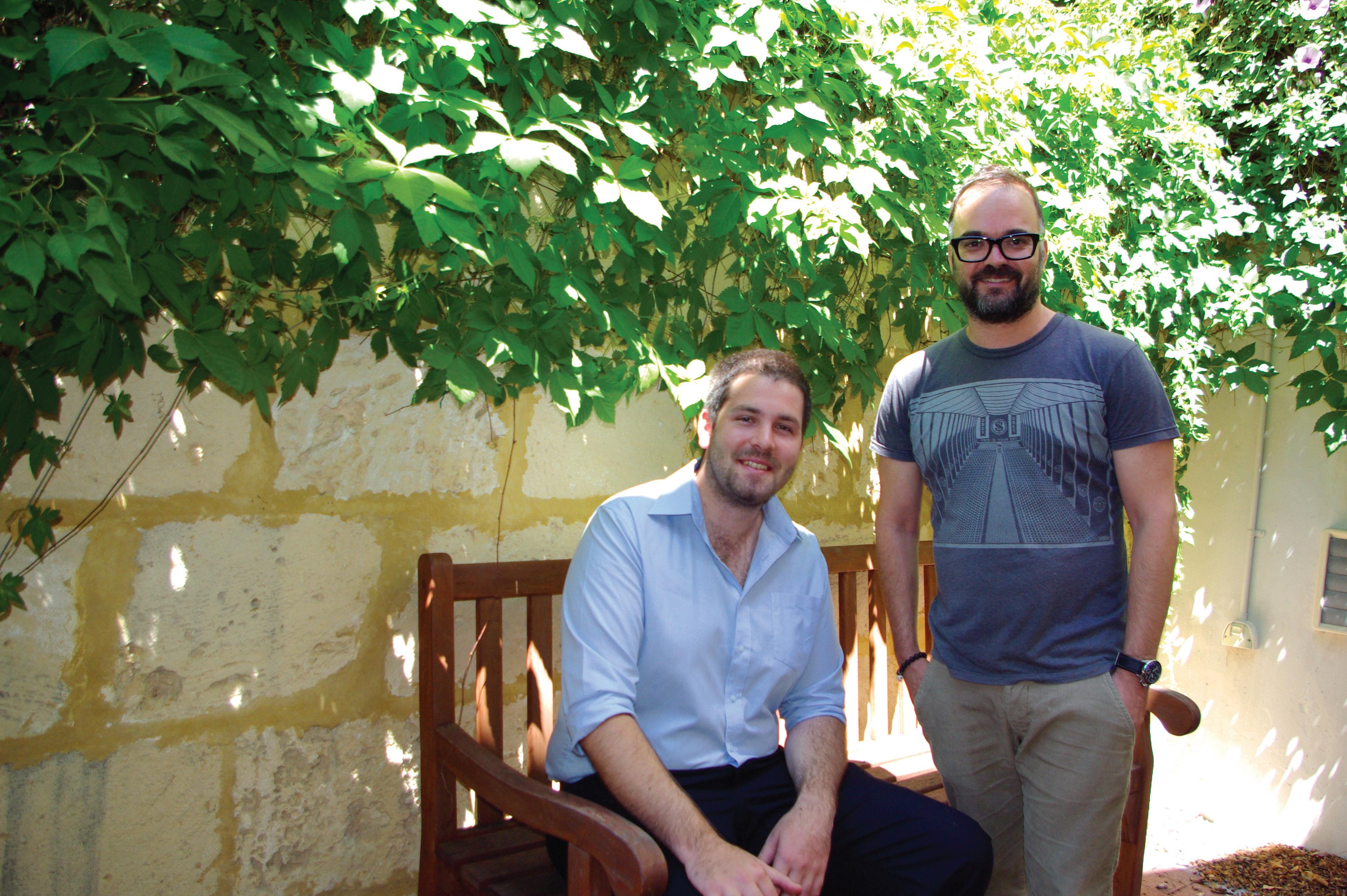
western media, which stated Iran was being democratised thanks to a ‘Twitter revolution’,” Mr Goold said.
“However, what the research showed was that this wave of cyber optimism was misplaced, because the regime had exactly the same access to social media as the protes-

Editor Peter Rosengren editor@therecord.com.au
Accounts accounts@therecord.com.au
Journalists
Mark Reidy m.reidy@therecord.com.au
Robert Hiini r.hiini@therecord.com.au
Sarah Motherwell s.motherwell@therecord.com.au
Juanita Shepherd j.shepherd@therecord.com.au
Advertising/Production
Mat De Sousa production@therecord.com.au
Classifieds/Panoramas/Subscriptions
Helen Crosby office@therecord.com.au
Record Bookshop
Bibiana Kwaramba bookshop@therecord.com.au
Proofreaders
Eugen Mattes Chris Jaques
Contributors
Debbie Warrier Mariette Ulrich
Barbara Harris Fr John Flader
Bernard Toutounji Glynnis Grainger
The Record PO Box 3075
Adelaide Terrace
PERTH WA 6832
21 Victoria Square, Perth 6000
Tel: (08) 9220 5900 Fax: (08) 9325 4580
Website: www.therecord.com.au The
OUR FRONT COVER: Be it unto me by Liz Lemon Swindle. Used with permission. www.lizlemonswindle.org
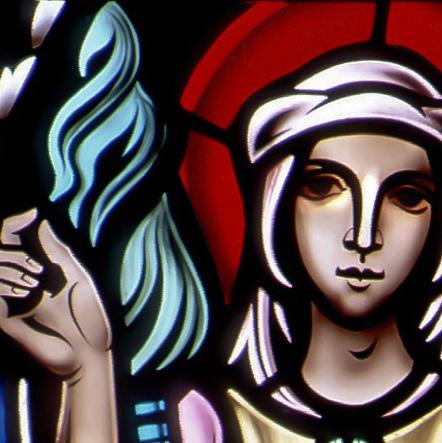
tors ... The Iranian Government can just as effectively use this technology because they have the resources to be able to monitor those mediums on a broad scale and effectively use them to track protestors, censor information and proliferate their own propaganda.”
Mr Goold said the Iranian Government was technologically sophisticated and able to censor and track protestors via social media.
“Iran has historically embraced technology. One of the principles of the 1979 revolution was to find the
nexus between Islam and technology,” Mr Goold said.
“Even so, it was surprising to find out how effectively the Iranian regime has been able to construct a centralised censorship network and use this to oppress protestors and further their own ends.”
Christmas tale never grows old at City Beach


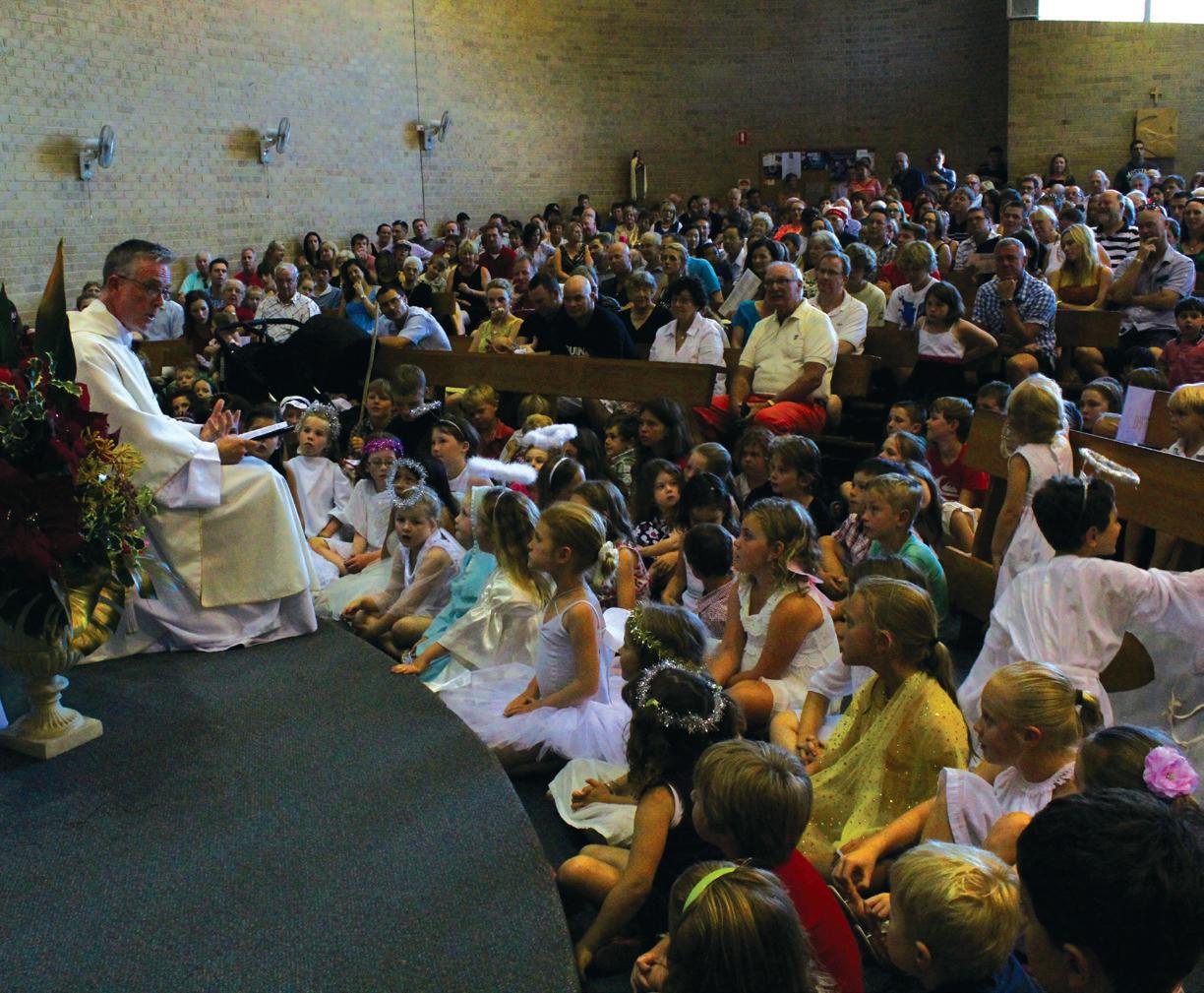
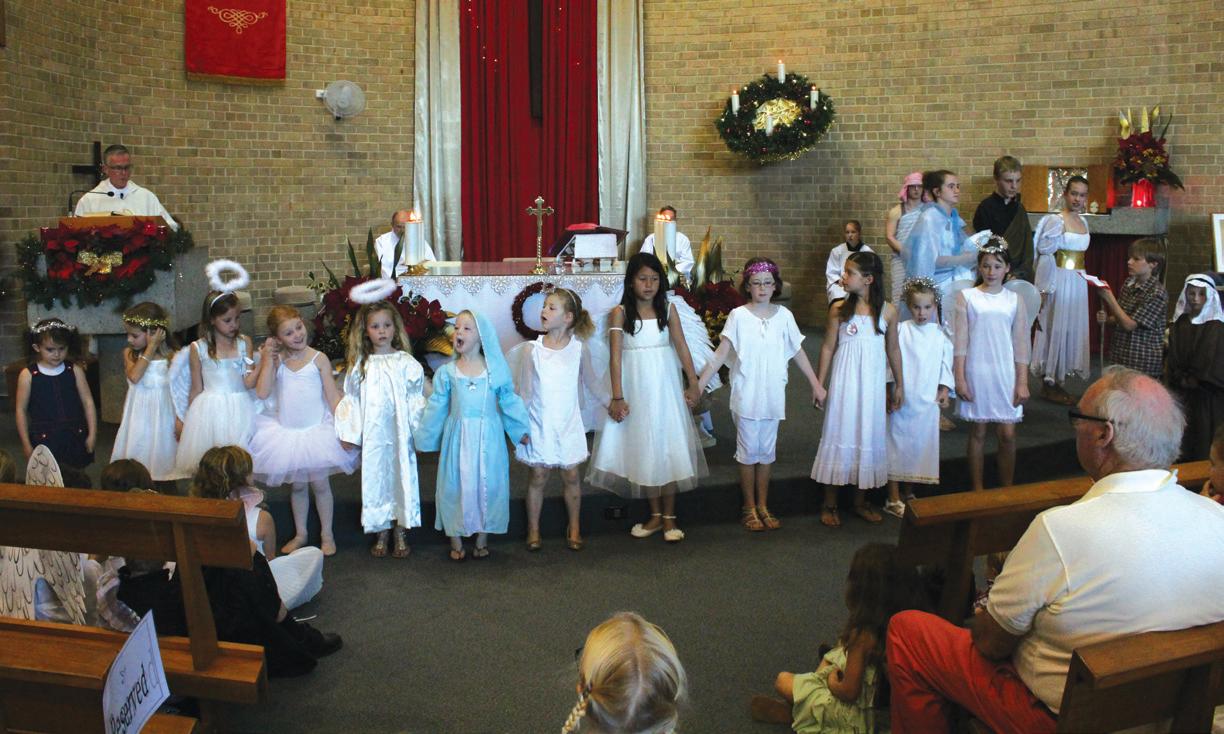
Genevieve c. 422–500 January 3 Genevieve took the veil of a dedicated virgin at 15, living with her parents in Nanterre and with her godmother in Paris. As she gained fame for a life of prayer, good works and miracles, opposition to her grew. However, she was defended by Bishop Germanus and helped feed Parisians during a siege by invading Franks. She counseled the Franks’ King Clovis, who became a Christian, and her prayers were credited with saving Paris from Attila the Hun. The church where she was buried became a pilgrimage site, and miracles attributed to her intercession, especially ending an epidemic in 1129, spread her cult throughout France. She is the patron of Paris and is invoked against drought, floods and other disasters. Saints Crosiers © 2013 Catholic News Service January 2, 2013 200 St. George’s Terrace, Perth WA 6000 Tel: 9322 2914 Fax: 9322 2915 Michael Deering 9322 2914 AdivisionofInterworldTravelPtyLtdLicNo.9TA796A division of Interworld Travel Pty Ltd ABN 21 061 625 027 Lic. No 9TA 796 michael@flightworld.com.au www.flightworld.com.au • CRUISING • FLIGHTS • TOURS • FW OO2 12/07 Thinking of that HOLIDAY ? • Flights • Cruises • Harvest Pilgrimages • Holiday Tours • Car Hire • Travel Insurance Personal Service will target your dream. SAINT OF THE WEEK Catholic clarity for complex times CATHOLIC families and those searching for truth need resources to help them negotiate the complexities of modern life. At The Record’s bookshop you can find great books for the family at good prices. Turn to Page 20 for some brilliant deals NOW!!
Record is a weekly publication distributed throughout the parishes of the dioceses of Western Australia and by subscription. The Record is printed by Rural Press Printing Mandurah and distributed via Australia Post and CTI Couriers. LOCAL 2 therecord.com.au
UNDA’s Jarrad Goold, left, and Dr Daniel Baldino researched the impact of social media in Iran following the country’s 2009 Presidential elections. Their view, soon to be published in the Australian Journal of International Affairs, is that media overestimated the power of social media to spread dissent.
PHOTO: UNDA
PHOTOS: SUPPLIED
Plenty of children came forward to hear the Christmas story from Fr Don Kettle, parish priest of Holy Spirit Parish at City Beach, during the children’s Christmas Mass this year. More were on hand to perform for a delighted congregation.

Mandurah clears way for 120-bed SJOG hospital
THE City of Mandurah Council has given final approval to St John of God Health Care’s Outline Development Plan (ODP) for the staged development of a 120-bed private hospital at 42-52 Lakes Road, Greenfields.
St John of God Health Care Chief Executive Officer, Dr Michael Stanford, said the private hospital will offer residents of Mandurah and the wider Peel region greater choice in health care services and increased access to doctors across a range of specialty areas.
“We will now be undertaking a Development Application and feasibility study, which will include community consultation, to ensure the hospital best meets the needs of the local community as well as the requirements of the City of Mandurah,” he said.
“With the area experiencing a growing and ageing population and high demands on local health services, the proposed new hospital will offer many benefits to the people of Mandurah, including high quality private health care close to home and employment opportunities.
“The two-storey hospital will feature a contemporary design that blends with the local environment and ensures maximum traffic flow
Dr Stanford said the private hospital will offer residents of the wider Peel region increased access to specialist doctors. The next step will be to make a development application and conduct a feasibility study.
along its entry point at Lakes Road.”
St John of God Health Care is one of Australia’s leading health care providers with 13 hospitals
and two further hospitals under development
The organisation has built a track record over the past 118 years in providing high quality health care services in both the private and public health sectors.
Dr Stanford said that as a notfor-profit organisation, St John of God Health Care’s sole focus is to provide high quality health care services to the communities in which it serves. Construction on the hospital is expected to begin in late 2014 and it will open in 2016.
Parish establishes Philippines mission
FOLLOWING the lead of parish priest Fr Robert Carrillo, Canning Vale parish have established an ongoing mission to support impoverished people on the island of Negros, in the Philippines.
In June 2012 a group of 11 parishioners joined Fr Carrillo on a mission to Bacolod where they visited schools, parishes, a slum area, an aged priest’s home, the seminary, the social action centre and a rural sugar cane workers’ group.
During their visit the group distributed a total of $11,000 to needy causes.
Since returning to Perth, the group have worked with St Emilie’s Catholic Primary School to foster a sister school relationship with San Mateo Christian School and is looking to other schools in Perth to build links with schools in Bacolod.
One particular focus is to assist with the rebuilding of Our Lady of Lourdes Academy in Pulupandan, where the school was razed by fire in November 2011.
The group, under the name SEEDS (St Emilie Empowers Devoted Service), will again visit Bacolod in October 2013 and is working on raising total funds of $25,000 to support the many groups seeking assistance to improve their lives.
Anyone who is interested in supporting or joining Saint Emilie de Vialar parish’s SEEDS group is invited to contact Fr Carrillo on 9456 5180.
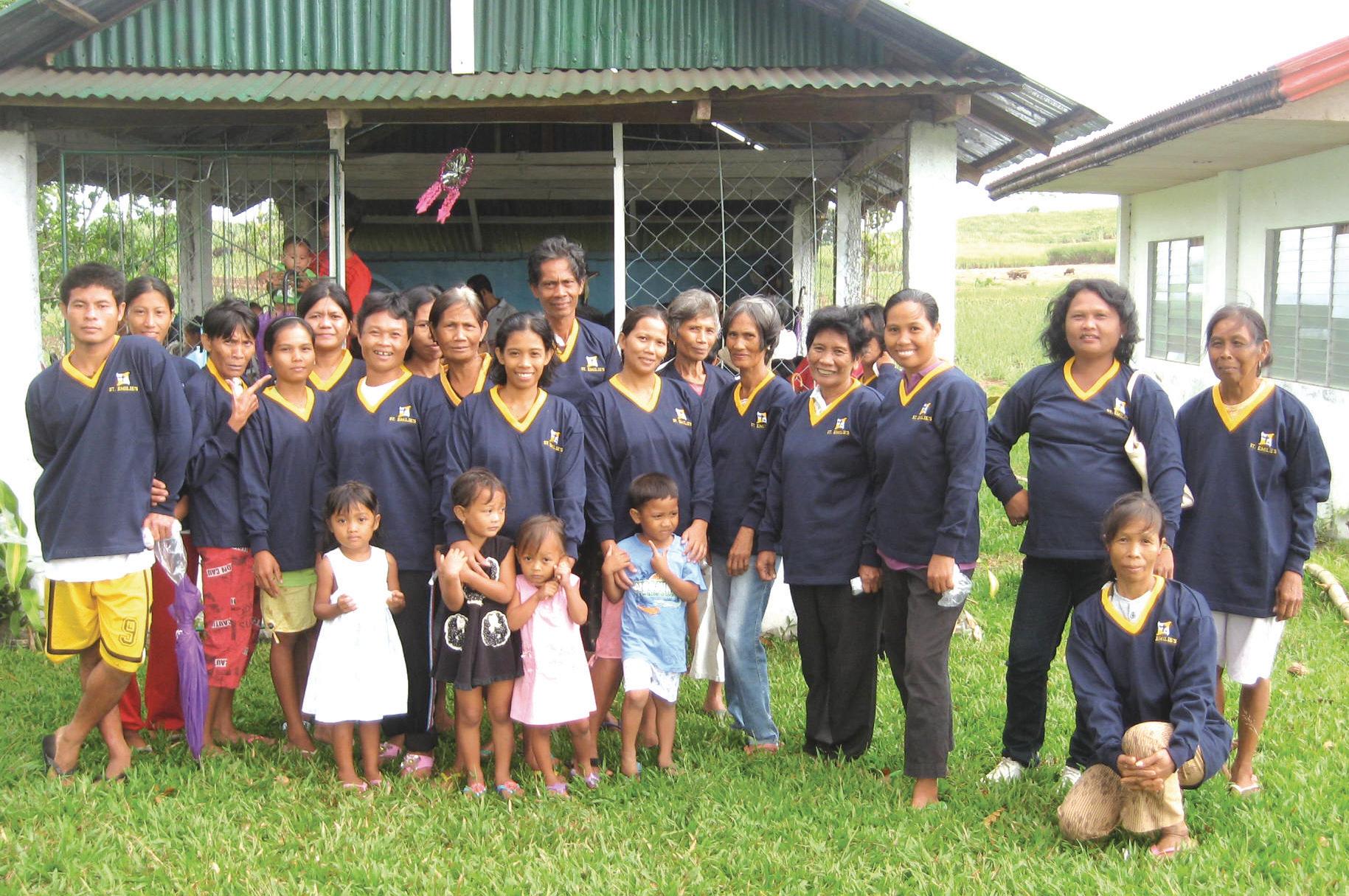
Tantur Ecumenical Institute
AN OASIS OF LEARNING, COMMUNITY, AND HOSPITALITY…
Tantur’s educational and renewal programs are designed for pastors, lay people and scholars looking for a spiritual and educational encounter with the Holy Land and its people. Our programs are ideal for those who seek a sabbatical or are looking for an extended program beyond the usual pilgrimage, while participating in an international and ecumenical Christian community. You are welcome at Tantur!
• The Scholars Program is for Junior and Senior Scholars to pursue independent research for several months in a residential community setting. Our library is one of the largest in the region.
• Continuing Education Programs are for those seeking spiritual, ecumenical, and educational sabbaticals. Various durations are made available to you: Three-Month (Sept.-Dec.), Six-Week (Feb.-March), and One-Month (June or July) programs.
• The Easter Encounter Program is for individuals wanting an extended and enhanced three-week pilgrimage centered around Holy Week.
T HE TANTUR Ex PERIENCE
What characterizes all Tantur programs is the context of the Holy Land—“the fifth gospel.” We take guided excursions (including Galilee) to encounter the land in its rich archaeological and historical context. We also focus on the local Christian communities and their experience as minorities in the Holy Land. Since they share land and life with Jewish and Muslim communities, Judaism and Islam are also an integral part of our study. All of our programs weave classroom instruction and communal prayer with the guided excursions, allowing participants to experience the fullness of the “fifth Gospel.” For further details, please visit our website www.tantur.org or email tantur@netvision.net.il with inquiries.
…ON

January 2, 2013 LOCAL 3 therecord.com.au
JERUSALEM
BETHLEHEM
A HILL IN
NEAR
Find us online at www.therecord.com.au
Cane sugar workers in Bacolod wear long-sleeved tops which protect their arms from the coarse fibers when working the region’s canefields.
PHOTO: SUPPLIED

Joy of a COASTAL CHRISTMAS
Our Lady of Lourdes Rockingham celebrated Christmas with gusto and photographer Leanne Joyce was there to capture it.
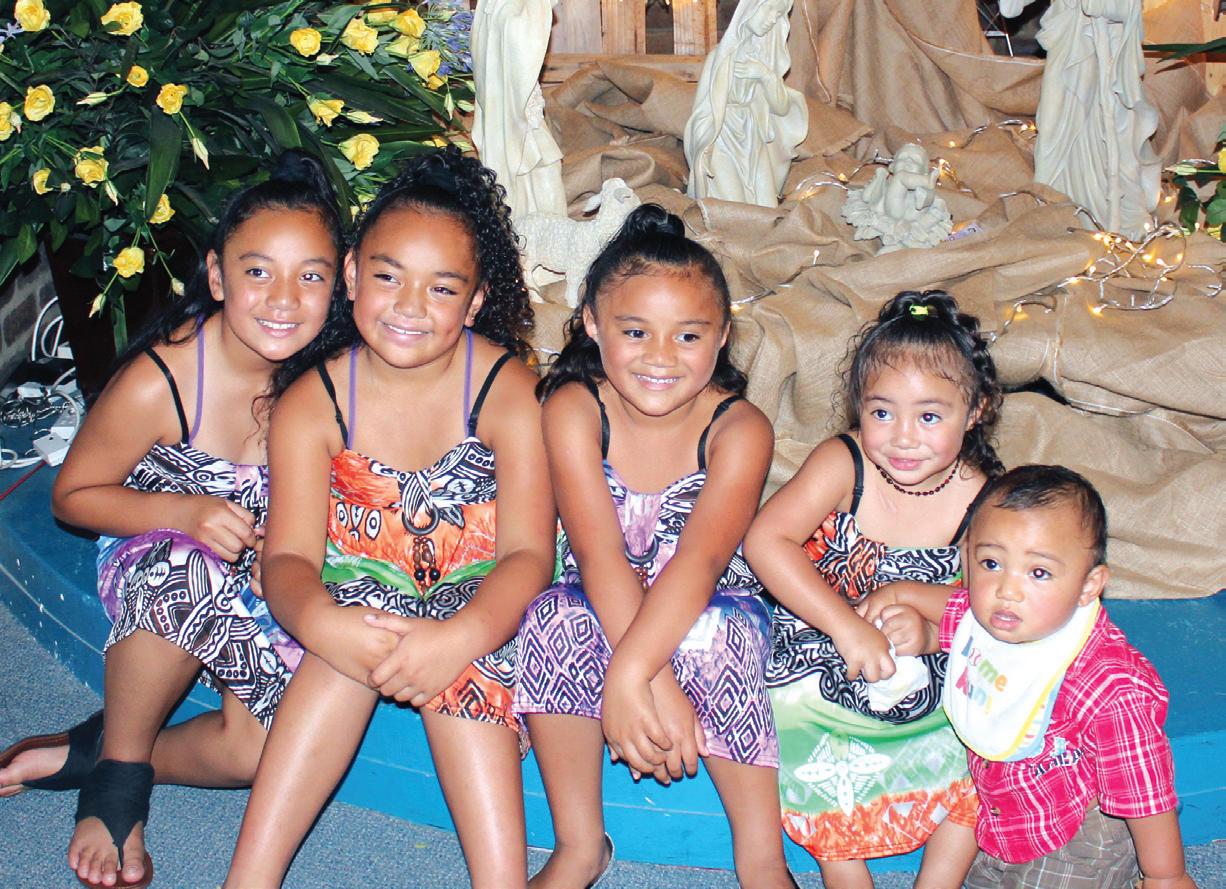
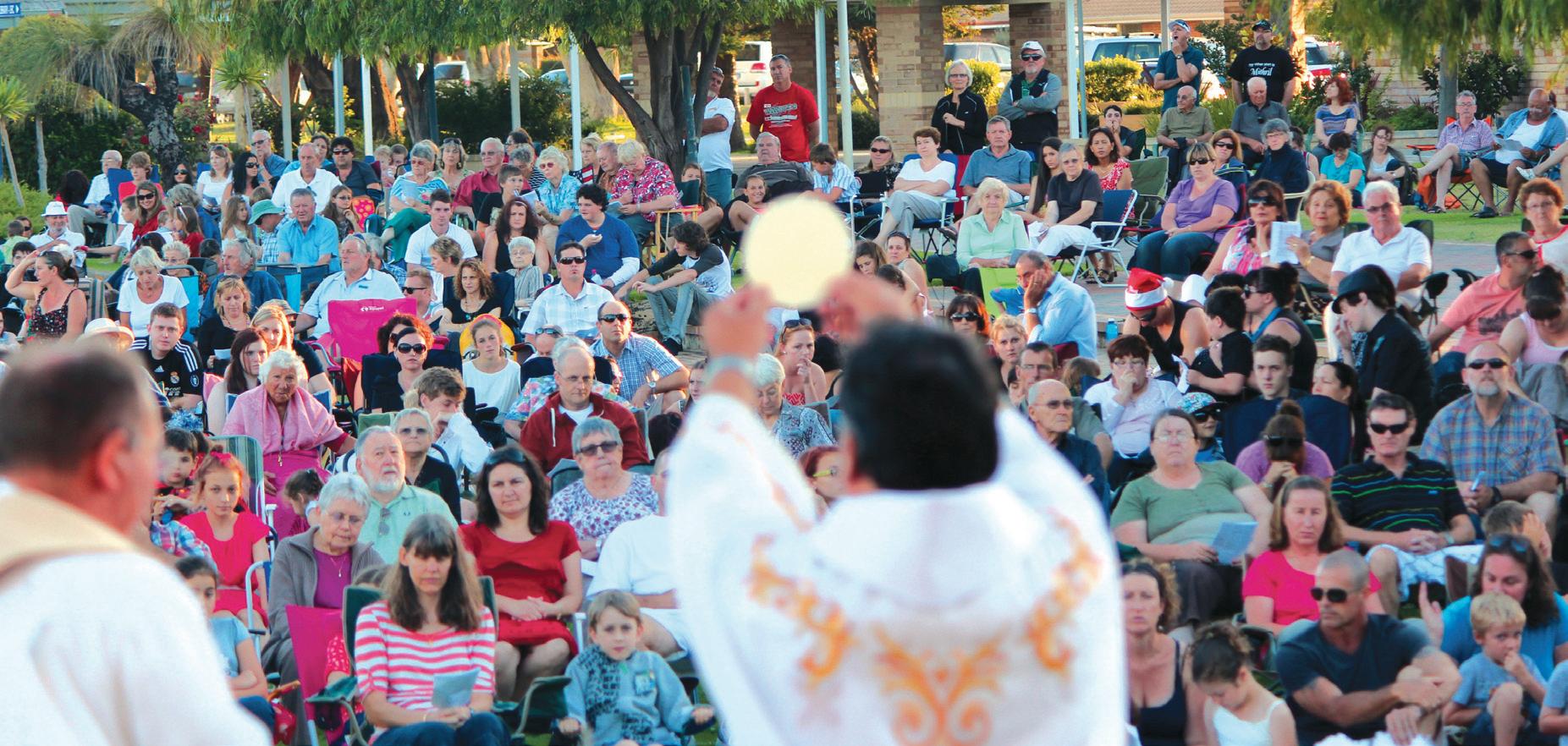


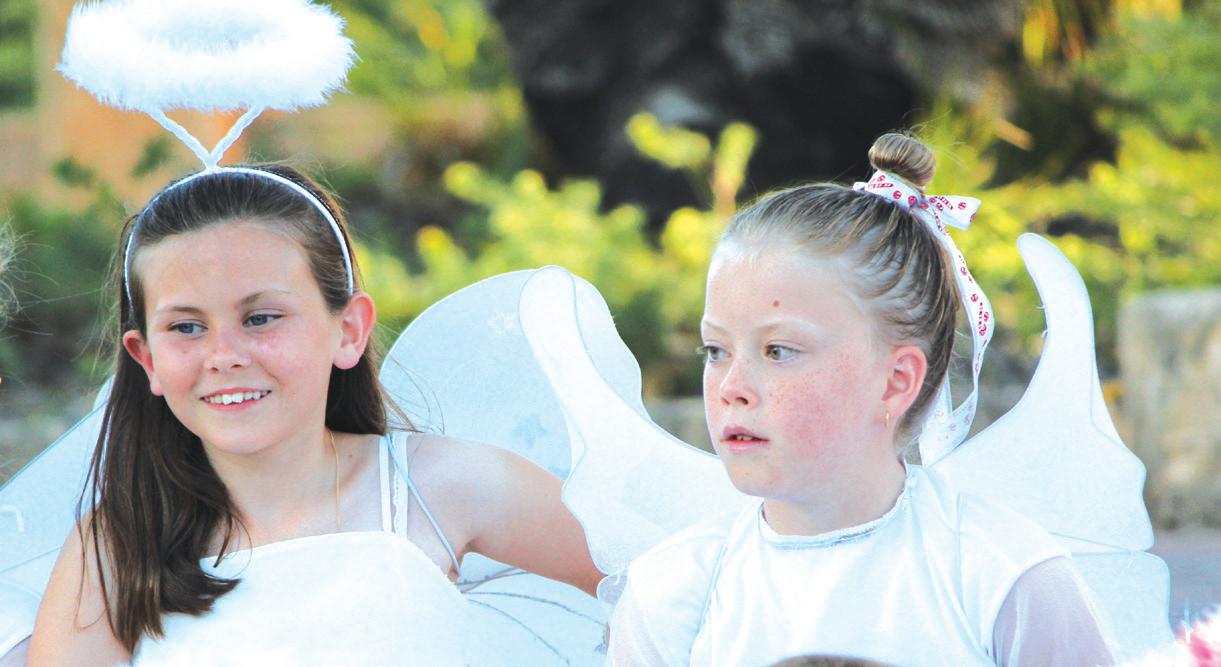
ON A WARM but pleasant evening, Kolbe Catholic College hosted Our Lady of Lourdes Rockingham’s Parish Christmas Eve Family Mass on the grassy surrounds of ‘The Avenue”. Approximately 400 turned out to attend Mass and to watch more than 20 young children act out the nativity scene before Fr Benny spoke about the importance of the birth of Jesus during his homily. Past and present students and staff provided the music and singing during the service and entertained the crowd before Mass began by singing carols. The increasingly popular family Mass concluded with sweets being handed out to all the children. The real-life nativity at the outdoor Mass was a complement to the nativity scene inside Our Lady of Lourdes parish church (top and bottom left).
PHOTOS: LEANNE JOYCE
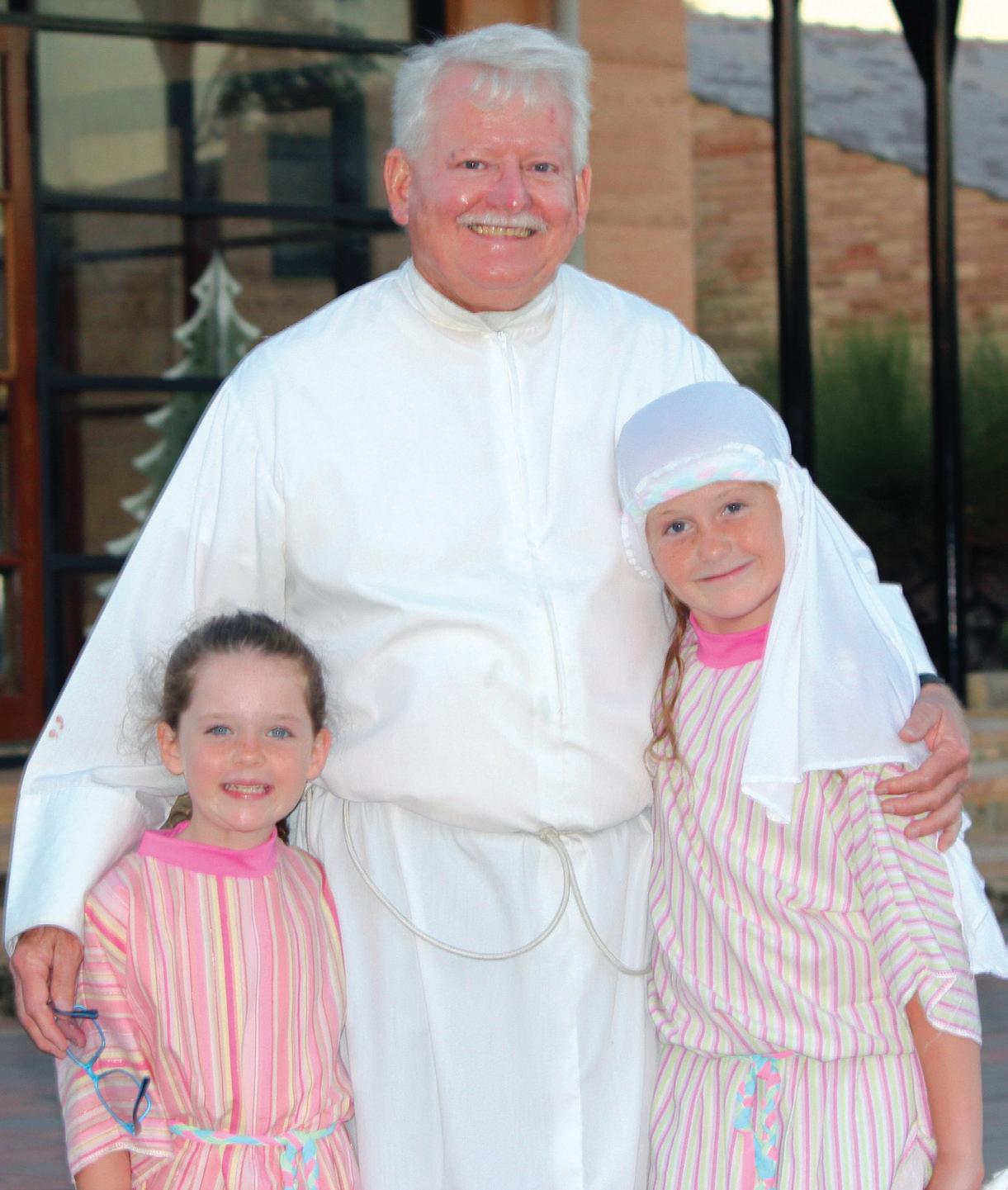
January 2, 2013 LOCAL 4 therecord.com.au


MONSIGNOR
Michael Keating has spent the past 50 years of his priesthood trying to live out the spirit of the Second Vatican Council.
Mgr Keating, Dean of St Mary’s Cathedral, made the comment at the 11am Mass on December 16 which doubled as a celebration of the 50th anniversary of his ordination as a priest.
The Cathedral was full to overflowing with family, friends, and well wishers including the Monsignor’s sisters, Gabrielle and Pauline, their husbands, eight children and 20 grandchildren.
“The Vatican Council, which I have tried to live these 50 years gave us the wonderful message that we are all the Church and are all called to holiness by our Baptism,” Mgr Keating said during his homily.
“It taught us that the world is good, that it is right to respect people of different religions and none [and] it gave us the life giving changes to the Liturgy and the format of the Mass.”
Mgr Keating was an official as a Deacon at the Council’s first Session in 1962 and was in Rome for every subsequent session.
“I believe the Council’s spirit will prevail,” he told the congregation. “You can’t put the toothpaste back into the tube.”
The Monsignor gave a vivid picture of the years following his voyage to Italy by boat in 1959.
The then-19 year old had never been overseas when he set out on the three-week journey to Naples.
“Little did I know I was not to return to Australia for seven years, during which time I made only one phone call home,” Mgr Keating said.
“There were no emails and phone calls were very rare. Telegrams normally brought bad news.
“Weekly letters were the way of communication. I still have all my mother’s weekly letters and she kept mine. One day I hope to re-read them all.”
Mgr Keating was 22 years old when he was ordained in 1962; the youngest in his class of 32 stu-
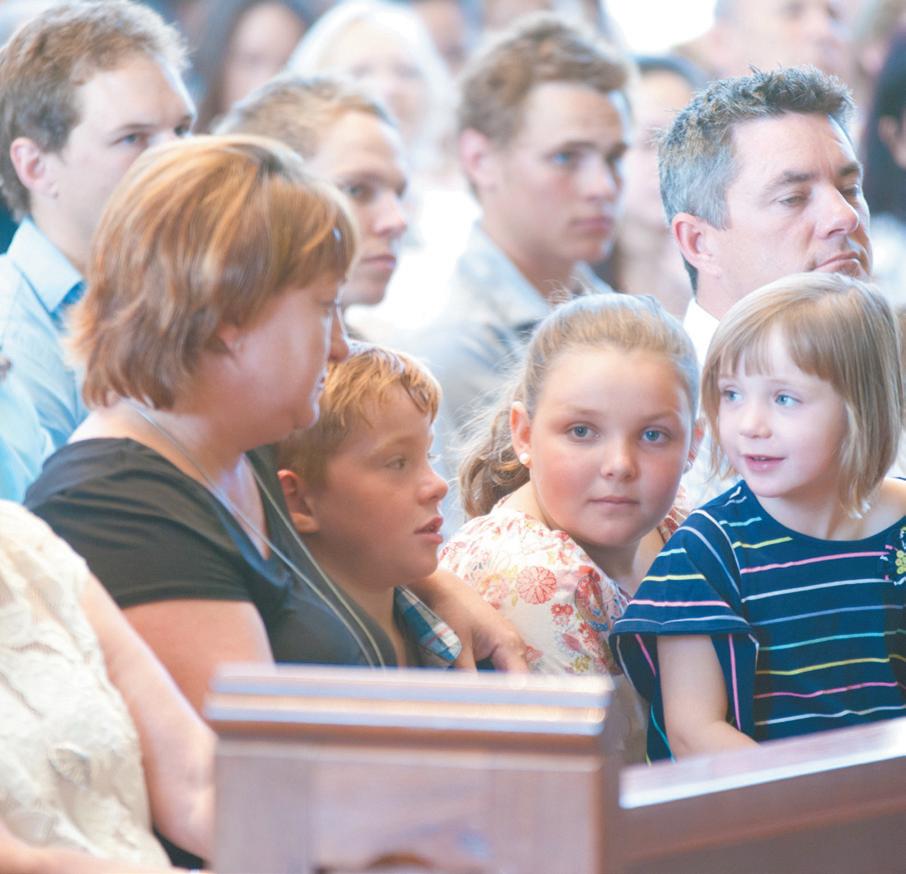
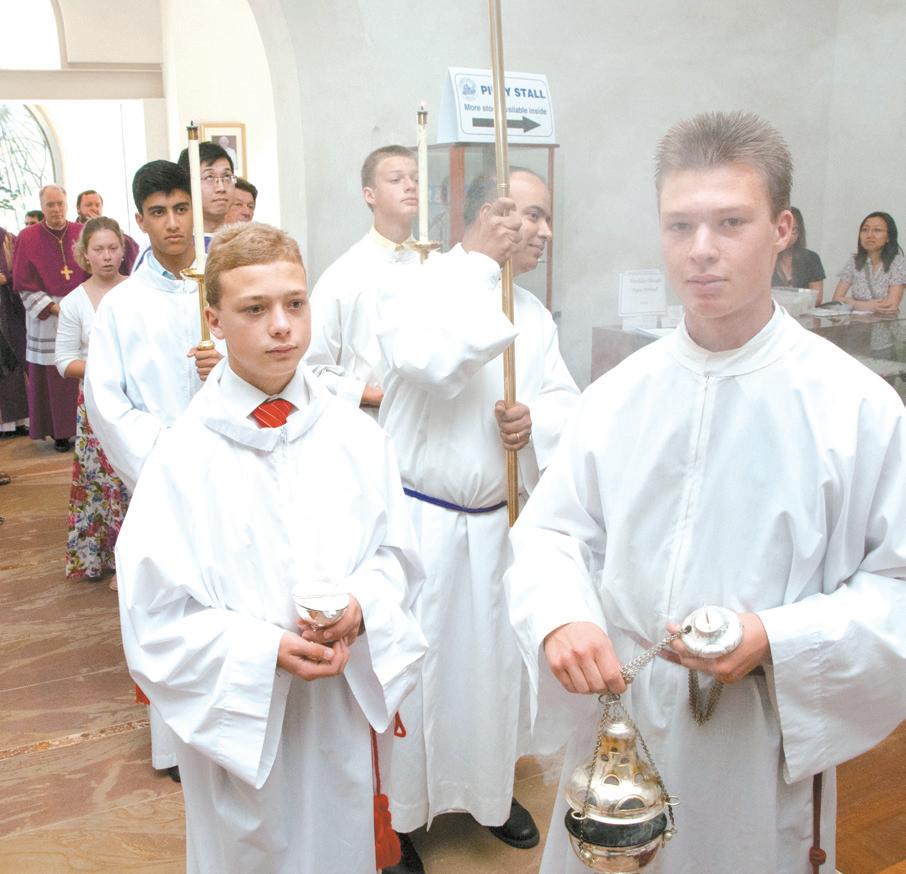
dents, hailing from every continent. “I realised that, given equal opportunities, we could all do well. It prepared me for the multi-cultural Australian Church which I love,” Mgr Keating said.
St Mary’s Cathedral, which Mgr Keating has administered as Dean since it re-opened on December 8, 2009, has played a pivotal role in his history. It was the place where his parents courted and where they married in September, 1936. It was also the church in which his mother’s funeral Mass took place in 1977.
The Cathedral is also the site engraved on the back of the miraculous medal he wore for the occasion; a medal given to him on the day of his ordination.
He was wearing it when a life guard rescued him after getting caught in a rip in Los Angeles in 1965.
“I put that as a general address and here I am 50 years later in St Mary’s Cathedral,” Mgr Keating said. “As I was drowning I remember thinking, “at least they will know who I am and where I am from”.”
Mgr Keating said his formation owed much to local priests Fr John Wilkinson, one-time Rector of St Charles Seminary, and to Mgr Edmund Sullivan, a man he
called his mentor. He cited Mgr Felice Cenci and Blessed Pope John XXIII as overseas churchmen whom he admired and had tried
to imitate. Mgr Keating shared his assessment of the character of John XXIII whom he met on the morning of his ordination.

“It was his humanity that made him so lovable. When you met him, you were the only person who mattered,” the Monsignor said.
“Very importantly for the Church he called the Second Vatican Council which brought an astonishing and beautiful life giving summer into our lives.”
Mgr Keating has served five Archbishops of Perth, ministering to parishioners in Cottesloe, Northbridge (then West Perth), Mirrabooka, Highgate, Bateman, and currently, St Mary’s Cathedral.
“Whatever I have done for others, I say in all sincerity, I have received much more back,” Mgr Keating said.
“The seminary is a part of a priest’s formation, but the people of the places we serve are such an inspiration and complete our formation. Thank you.”
Mgr Keating thanked his family and friends for all their love and support over many years and bade all present “a wonderful Christmas and a blessed New Year in 2013”.






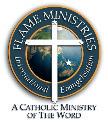



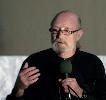








January 2, 2013 LOCAL 5 therecord.com.au FAITHGrace & DIVINE BLESSINGS THE YEAR OF Flame Ministries International 23 rd Annual Flame Congress January 18, 19, 20, 2013 AQUINAS COLLEGE 58 Mount Henry Road, Salter Point WA 6152. 7.30pm Nighly. 10am - 4pm Daytime. Information: PH (08) 938 23668 ~ E: fmi@flameministries.org
ADVANCING THE NEW EVANGELISATION Evening Rallies 7.30pm FREE Daytime Sat Start 10.30am to 4.30pm Daytime Sun Start 10.00am to 4.30pm Refreshments available Air-conditioned Comfort.
FLAME MUSIC MINISTRY
Inspired by the people
Perth’s Cathedral Dean Mgr Michael Keating celebrated 50 years of priesthood last month with hundreds of well-wishers in tow. Robert Hiini was there to witness it.
St Mary’s Cathedral Dean Mgr Michael Keating, top, wearing a medal given to him on the day of his ordination, December 22,1962. Above left and right, hundreds of family members and friends turned-out to congratulate the Monsignor on the milestone and to celebrate the Mass in the Cathedral’s usual, elegant style. PHOTOS: ROBERT HIINI

Beloved pastor reaches his heavenly DOCK
There was no priest quite like Monsignor Sean O’Shea , an Irish priest who came to WA in 1955 and, from then on, seemed to win a place in the heart of all he met ...
THE real problem for any obituary of Monsignor Sean O’Shea, possibly the most beloved priest of the archdiocese who died on December 7 and whose remains were buried beside his own beloved Holy Trinity Church on Rottnest Island on December 18, is knowing where to start.
“He was a joy-filled, dedicated priest who touched the lives of people deeply and, because of his engaging character, seems to have been known outside the Church almost as widely as he was within the Church,” said former Vicar General Monsignor Brian O’Loughlin, whose own journey to the priesthood was guided in the beginning by the seemingly everhappy Irish priest.
It was a measure of the real and widespread community affection that when it came to organising Mgr O’Shea’s funeral, one which required ocean transport and special permissions, doors opened everywhere.
One of the clauses in the codicil attached to Mgr O’Shea’s will requested the Rottnest Express ferry, which had carried him on numerous occasions to and from Rottnest for his chaplaincy duties.
Mgr O’Shea had also spent ten years living on the Island as chaplain and his love for the historic site had given him a desire to be buried there.
When Mgr O’Loughlin and those involved in executing Mgr O’Shea’s will contacted Rottnest Express ferry services, the company spontaneously offered their flagship ferry for the exclusive use of transporting the Monsignor’s remains to the Island for the burial, together with mourners.
The burial also required the permission of both the Rottnest Island Authority and the Minister for Local Government to be buried outside a cemetery.
Mgr O’Shea had already dug his own grave beside Holy Trinity Church, having learned from a lifetime of presiding at funerals the importance of shoring up a grave with timber. Some time later, he discovered his work was being consumed by white ants so he repaired the grave, this time constructing it as a brick-lined vault.
Mgr O’Loughlin had known the Irish Monsignor since childhood. In November 1955 he was a small boy whose brothers were already serving Mgr O’Shea’s masses in North Fremantle.
The following year he made his First Communion and joined Mgr’OShea’s team of altar servers. It was Mgr O’Shea who taught him the Latin Mass and the precise
Obituary
Monsignor Sean O’Shea
Born: September 13, 1925,
Co. Clare, Ireland
Entered eternal life: December 7, 2012, Perth, Western Australia
rubrics that accompany it. Years later, when he was discerning his own vocation to the priesthood, it was Mgr O’Shea to whom he turned for advice and the Monsignor pointed him to Fr John O’Reilly at St Charles seminary in Guildford.
Mgr O’Shea also established the St Brendan’s Sea Scouts and Cubs, of which the future Mgr O’Loughlin was a member. Later, as a student at CBC Fremantle, the young Brian O’Loughlin and fellow students would assist Mgr O’Shea as he visited the ships in Fremantle harbour and their seafarers.
“I think the secret of Monsignor O’Shea was his engaging personality, his gripping stories and his infectious laugh. And when you put all those things together, people just warmed to him,” Mgr O’Loughlin
Engaging humour, gripping stories and an infectious laugh. Put those all together, and people loved him ...
told The Record in an interview after Mgr O’Shea’s funeral.
“I said to Monsignor ‘how do I know whether this is my idea or God’s design?’ and his answer was simply ‘you go to the seminary and you discern it.’ ... So he was a mentor.”
Mgr O’Loughlin said priests of the archdiocese regarded him with universal affection. “What you saw was what you got.”
However, what was interesting was his impact on the younger clergy of the archdiocese. These looked forward every year to the clergy renewal in May each year for a week in Shoalwater and the annual diocesan retreat.
One of the characteristics they would look forward to was hearing his hearty laugh and being regaled with his stories and true life accounts; many saw him as a model for their own vocation.
“I think he just exuded the pastoral life and was the epitome of being a good shepherd to his flock ...”
Today, Mgr O’Loughlin’s own annual work as a cruise ship chaplain all over the globe can also be traced back to his years as a teenager, visiting ships from all over the
world in Fremantle harbour accompanying the young Fr O’Shea in his pastoral care of seafarers.
Among those paying tribute to Mgr O’Shea were two Archbishops:
Archbishop Timothy Costelloe delivered the homily at the requiem for Mgr O’Shea in St Mary’s cathedral which was attended by clergy from around the archdiocese.
The Monsignor could be summarised by the qualities St Paul had extolled to the first Christians living in Rome, he said:
“Monsignor O’Shea, like every one of us, was not perfect and no doubt has had his own share of failings, of mistakes and of sinfulness. As a man of faith and the Church he would not want us to canonise him too quickly,” he told mourners.
“Through our prayers we entrust him into God’s hands, confident in God’s mercy and deep compassion. We know that he is not beyond the reach of our prayerful help. And so we pray that his sins might be forgiven and that he might enter into the fullness of life promised to all those who give their lives to Christ. We also entrust him to the prayers of Mary, the mother of the Church. At communion time we will sing one of his favourite hymns - Hail Queen of Heavenand in that hymn we will ask Mary to pray for the wanderer, to pray for the sinner, to pray for us, to pray for Monsignor O’Shea.
Sean O’Shea was born on September 13, 1925 in Tullaher, County Clare, Ireland. He was educated in Bansha National School, Christian Brothers College Kilrush, Co Clare; the African Missions College, Kilcolgan and All Hallows College, Dublin.
He was ordained on 12 June 1955 for the Archdiocese of Perth and arrived in Fremantle on November 12, 1955. He was preceded to Western Australia by five of his father’s cousins who were among the pioneering St John of God Sisters in the-then remote Kimberley and who became known in the Order as ‘the Greene Sisters.’ His sister, Sr Anna Maria O’Shea, had already arrived in Western Australia on December 20, 1939 and entered the Sisters of Mercy.
Fr Sean O’Shea was assistant priest in North-East Fremantle which included the Royal Australian Navy Junior Training Centre, from November 1955 until March 1960 when he was appointed to the staff of St Mary’s Cathedral.
On August 7, 1961, he was appointed Director of the Stella Maris Seafarers’ Centre as well as Port Chaplain in Fremantle which included pastoral care of Rottnest Island. In August 1967, he was appointed National Director of the
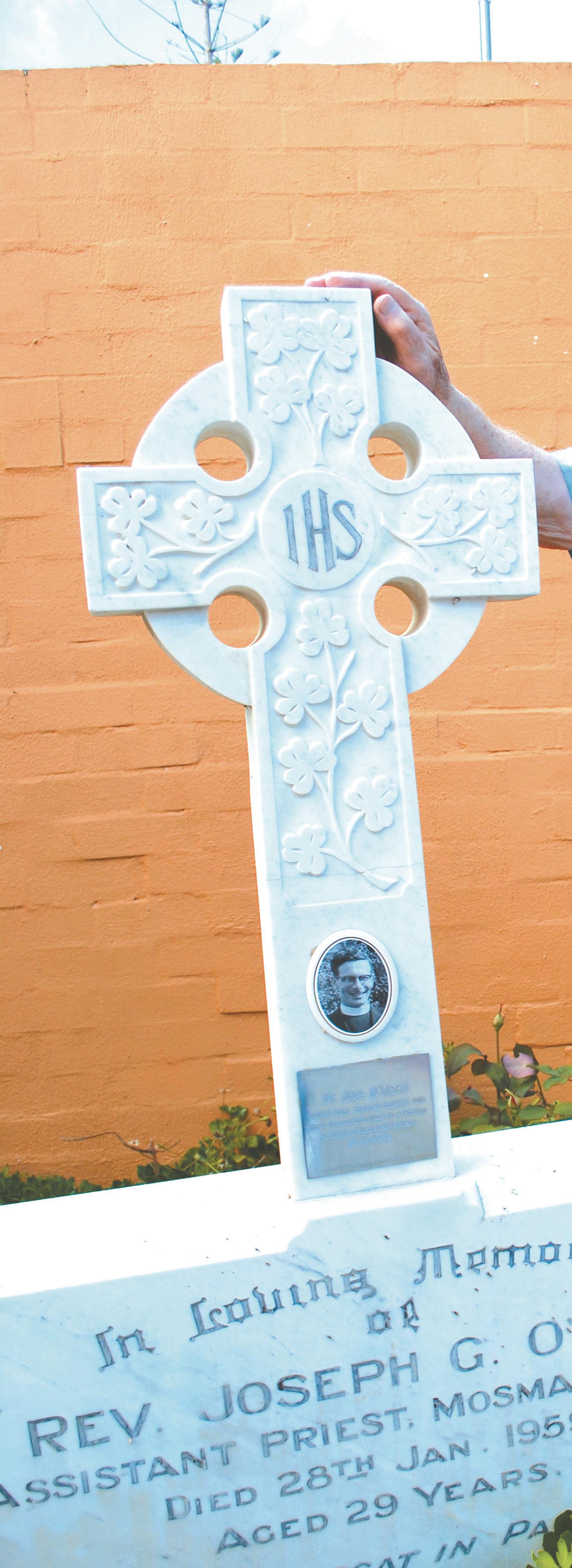
Apostleship of the Sea and embarked upon visitation of Seafarers’ centres around the Australian coast. This was at a time when Moscow and Beijing-line Communist Party members had largely achieved control of the maritime and dockers unions around the country in preparation for a political situation that could be deemed revolutionary. All were deeply hostile to the Catholic Church and its personnel.
In the early 1970’s Father O’Shea approached Archbishop Goody, pointing out that Sunday Mass on Rottnest Island was being celebrated in a World War II era hut, and proposed the building of a church on the island reserve with a priest’s flat attached. This is the only privately owned accommodation on
the island. The Church was dedicated to the Holy Trinity on Trinity Sunday 1975.
In the 1980’s he met a community of Thai Carmelites who were ready to ‘found’ a new Community, and so Fr O’Shea introduced the Sisters to Bishop McKeon who sponsored them to come to Gelorup, in the Diocese of Bunbury.
During his term as National Director of the Apostleship of the Sea in the 1980’s he circumnavigated Australia by road and visited 69 ports to acquaint the respective Parish Priests with the needs of visiting seafarers, many of whom were Catholic Goans from India or from the Philippines.
Until a visit from Monsignor O’Shea many of these priests had
MILESTONES January 2, 2013 therecord.com.au 6


never considered that the seafarers on their doorsteps needed any pastoral care.
In July 1983, he extended the services of the Stella Maris Centre to provide accommodation for seafarers discharged from hospital or waiting to join a ship.
The US Navy’s Pacific Seventh Fleet famously came to his rescue when the Carillion of bells for the Holy Trinity Church arrived. The issue for Fr O’Shea was that there was no crane on Rottnest Island capable of erecting the bells and it would have been prohibitively expensive to bring one from the mainland. Whilst the US Navy was in port, he acquainted the on-board Chaplain with his predicament, and pointed out that one of the Navy
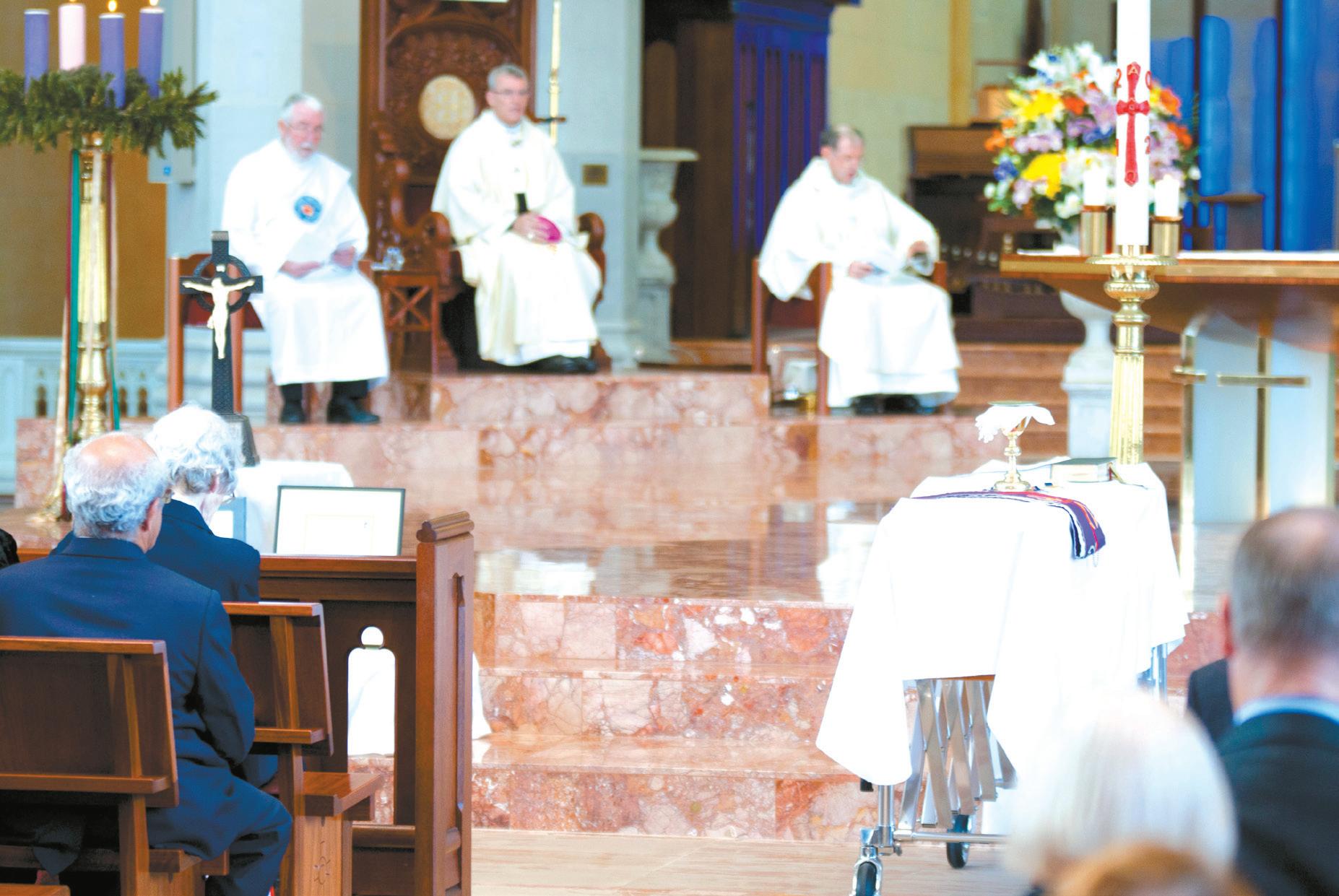
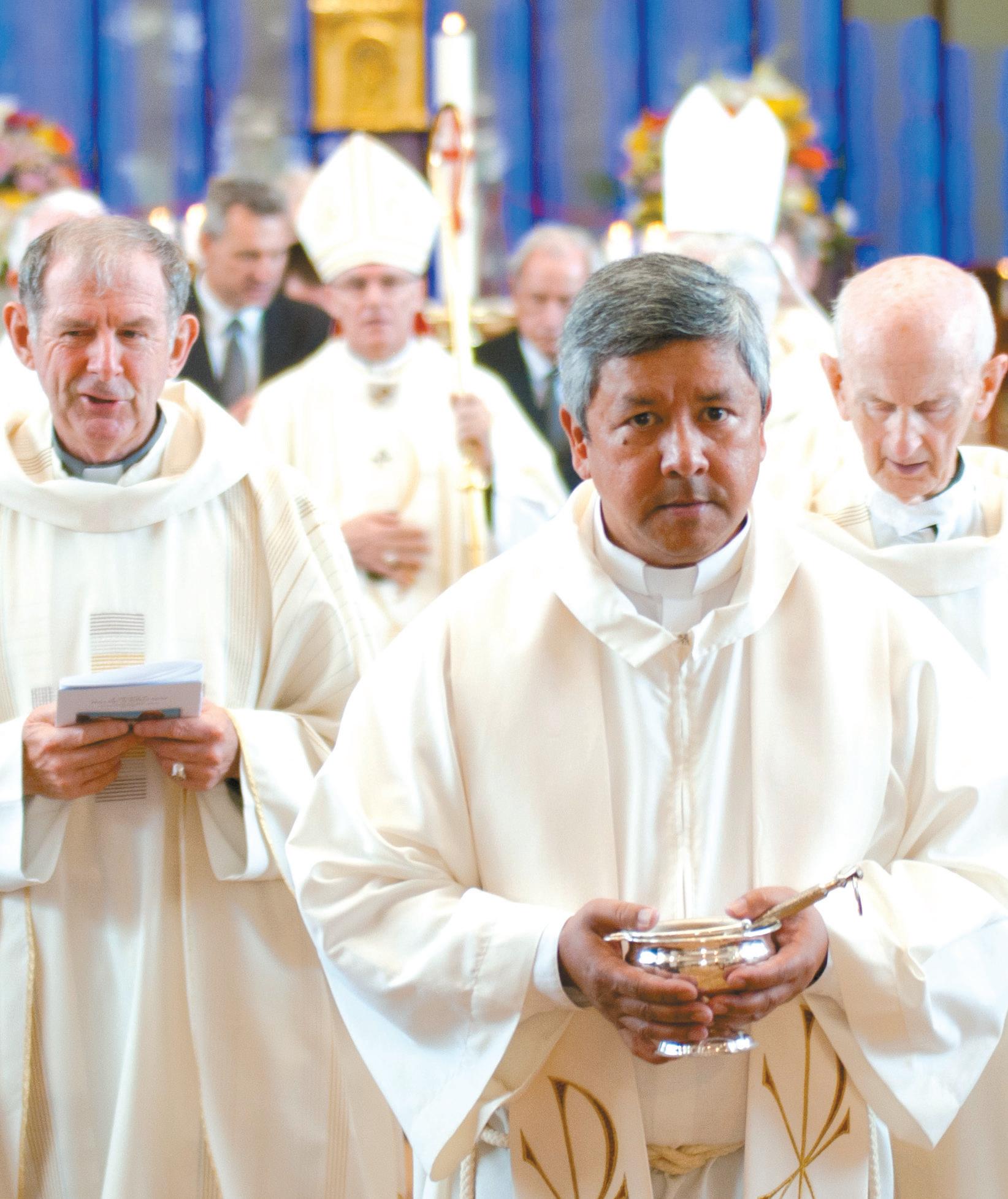
helicopters might be equal to the task.
“No problem” said the Chaplain who placed the matter before the Admiral who readily agreed that a Navy helicopter would lift the boxes containing the Carillion; flew them the thirteen miles to the Island, where the Navy servicemen rappelled from the helicopter and installed the Carillion.
He worked for the Pontifical Commission between 1987-1989 when he accepted an invitation from the Australian Bishops Conference to respond to the request of the Pontifical Commission for Migrants and ‘People on the Move’, to serve on the English Desk and organise an International Congress of the Apostleship of the Sea. During this
time he was appointed a Prelate of Honour by His Holiness Pope John Paul II.
On April 8, 1994, Mgr O’Shea was appointed Parish Priest of Mosman Park while continuing as Director of the Stella Maris Centre that included pastoral care of Rottnest
Universal Church on the Pontifical Commission for Migrant and Itinerant People, Monsignor O’Shea was awarded the papal medal Croce pro Ecclesia et Pontifice (Cross for the Church and the Pontiff) in 2009. After a rich and fulfilling life Monsignor O’Shea eventually
The US Navy’s Pacific Seventh Fleet famously came to his rescue to install Holy Trinity’s bells.
Island. On June 12, 1995 he was honoured with an OAM in the Queen’s Birthday List for ‘Services to the Community’, particularly as Port Chaplain of Fremantle.
For his service in the Archdiocese, to the Apostleship of the Sea throughout Australia and to the
retired from fulltime ministry in 2012. However Monsignor O’Shea is not the first Irish presence to be comemorated in the grounds of Holy Trinity Church on Rottnest Island.
When older monumental works were being removed from
Karakatta Cemetery in order to extend its life, Mgr O’Loughlinthen parish priest of Claremont - had removed the tombstone of Fr Joseph O’Hara, an Irish priest ordained with Mgr O’Loughlin in June 1955 but who tragically drowned with three Presentation Sisters in the Mandurah Estuary in January 1959.
He contacted Mgr O’Shea to tell him the tombstone was available and the Monsignor jumped at the opportunity to have it set in the grounds of Holy Trinity chapel on Rottnest.
In a very real sense the two Irish classmates remain united as they await the certainty of the Resurrection and that, many would agree, is a nice touch.
January 2, 2013 MILESTONES 7 therecord.com.au
Monsignor O’Shea, photographed in 2010 in the grounds of Holy Trinity Chapel on Rottnest Island, at left. Archbishop Timothy Costelloe SDB, top, presides as the Monsignor’s casket stands before the sanctuary of St Mary’s Cathedral on December 18. Fellow clergy, including Mgr Brian O’Loughlin and Fr Michael Casey, accompany Mgr O’Shea’s casket from the cathedral at the conclusion of the Mass.
PHOTO: LEFT: ANTHONY BARICH; OTHERS: ROBERT HIINI


Advocate
for a Normal Life
Leonie Reid is not well-known in the Perth community but her work over 21 years helping people with intellectual disabilities and their families has changed the lives of many people for the better, reports Robert Hiini ...
IN THE early 1980s, Leonie Reid and husband Pat noticed there was something different about their youngest daughter Stephanie.
Socially awkward, frustrated and prone to unintentionally disrupting the play of her peers, a proper diagnosis would be many years in coming.
All three would later learn that Stephanie had Aspergers Syndrome - a form of autism characterised by an inability to understand and navigate social cues; repetitive and obsessive behaviours; and an often breathtaking ability to specialise in certain areas of learning.
Aspergers wasn’t standardised as a diagnosis until the early 1990s.
“My daughter was about ten when we were almost congratulated for being so realistic, because we would know that our daughter would never ever be able to work in the open workforce,” Leonie said.
“That didn’t go down with me at all.”
In the in-between years, there was no one to turn to; seemingly, no one could help; no one could even tell them what it was they were observing in their daughter. There was nothing.
It was that confounding sense of helplessness, more for Stephanie than for herself, that first prompted Leonie to enter the disabilities field; one she has only just left after resigning late last year after 21 years working for Personal Advocacy Service (PAS) in Morley.
“We just couldn’t work her out at all when she was young – nor could anyone else,” Leonie said.
“She was autistic but she didn’t display all the characteristics of severe autism so she was quite social. She loved to be around people but couldn’t connect with them and she couldn’t play with other children because she didn’t know how to.
“She was very good at destroying everyone else’s games because she couldn’t follow them but the reality is, she was yearning for something she could understand.”
One place where Stephanie did seem comfortable was at church, during the Eucharistic Prayer. “I began searching for some way to help her on the faith side of her life because there was obviously some connection for her there,” Leonie said.
“She was totally fixated on the words in the Eucharistic Prayer. We
realised later it’s because the words are limited and they stay the same all the time. She didn’t have to cope with any change that was coming.” Already a teacher, Leonie retrained to work in special education but found there were no appropriate positions available in Perth. Her desire to give Stephanie a more appropriate form of instruction for Confirmation than she had had for Holy Communion led to Leonie’s first encounter with Sr Eileen Casey in the late 1980s.
“That’s what parents are so thrilled about really; that their child, like their other children, has those connections and is able to experience those as well.”
The role of the PAS office in Morley is principally to provide training and support to facilitators and volunteers.
Around 50 per cent of PAS’s funding is made up from State and Federal Government funding, with around 25 per cent coming from the Archdiocese of Perth.
PAS, under her directorship, has always eschewed a corporate, service provider image.
“We’re not giving people that message. We want people to see this as a normal community gathering. We don’t see ourselves as providing a ‘service’ in that way.
Sr Eileen was preparing to establish the Personal Advocacy Service in Perth after being immersed in ground-breaking programs for people with intellectual disabilities in Chicago. Prior to its formal establishment in 1989, Leonie encouraged Sr Eileen to begin a program of formation for sacramental candidates with intellectual disabilities (including her daughter, Stephanie). As a parent she was captivated by the experience and later had the opportunity to join the PAS staff in 1991.
What underwrites everything is a strident belief in the worth and potential of everybody, a belief which, in Leonie’s case, was born of her own experience, when her daughter was first diagnosed.
“Back then, people just didn’t see the potential and I refused to believe that. Nobody can say that when a child is ten. Everybody has potential to grow and develop no matter how severe their disability. That has been demonstrated over and over again in our program.
“People don’t pay for what they get in our program. The time is freely given and it’s unconditional, and that’s the thing the parents love about the program. It’s not that it is not costing them anything; it’s because there are people in the community who are doing this just because they want to, not because they are being paid.”
It’s really about developing relationships. The person assigned an advocate learns what it’s like to have a meaningful relationship outside the family.
For the better part of two decades, Leonie Reid’s name has been synonymous with what PAS and its small army of volunteers does (there are now 18 personal advocacy groups based in parishes throughout Perth).
The groups pair a volunteer or ‘advocate’ to a person with an intellectual disability or ‘friend’.
‘Friend’ is much more than a moniker, Leonie told The Record Meeting by weekly meeting, it becomes the reality.
“It’s really about developing that relationship. The friend learns what it is like have a meaningful relationship with somebody. They learn what it is like to have someone [other than their parents] who cares about them and who loves them; someone who will be there no matter what,” Leonie said.
There are typically six advocates and six friends in each group, as well as two volunteer facilitators.
“Over time the advocate will begin to invite the friend to things happening in his or her life, so that might be going to barbeques and birthdays ... It begins to make life quite normal.
“When we have people spend time with the friends with disability and gently encourage them they learn, not academically, but they learn about life and relationships and, to me, that is much more important than anything you actually know in a book sense.” The volunteers have been a constant source of inspiration, she said. Most have had no ongoing personal relationship with a person with a disability when they first contact PAS to volunteer themselves.
“We have most success recruiting volunteers in those parishes where they have a large ethnic base to them because they are more focused in that way of giving back to the community.
“All the volunteers that have come through have been absolutely fantastic and that’s what’s kept me there, seeing and getting to know all those people,” she said. Most do not volunteer for any substantively faith-based reason, she said; most people want to help others.
If she has any significant regret it is not being able to leave PAS with a rock solid funding base. The program is small and people with intellectual disabilities don’t have a large, visible presence in the community.
Attracting donations and sponsorship has always been difficult.
Leonie empathises with parents who worry about what will happen to their loved one with an intellectual disability upon their own deaths.
“Like all other parents, I’m very aware that I’m relied on heavily for support and when I’m not here, what’s going to happen?” she said.
Physical security and care, and protection from fraudsters are particular concerns, she said. The appointment of a public advocate might be an option for some families but is unlikely to be available to others.
The criteria for determining whether a public advocate is necessary is based on a person’s ability to make their own decisions. People with Aspergers are likely to score poorly in some areas but very high in others.
Before leaving PAS Leonie laid the foundations for a group in her area “to build that little community of people; to give added protection”.
Stepping away from PAS has been difficult, she said candidly when speaking with The Record in early December.
“I’m struggling. I really am. I know the time is right but it’s been 21 years. It’s really hard, but I know the time is right for me to go. “I’m pleased we’ve been able to put the staff in place who can take the organisation forward. It needs someone new and I’m just running out of energy. It needs that new burst of something to tackle and look at different ways of doing things,” she said, expressing complete confidence in her successor as PAS Director, Annabel May.
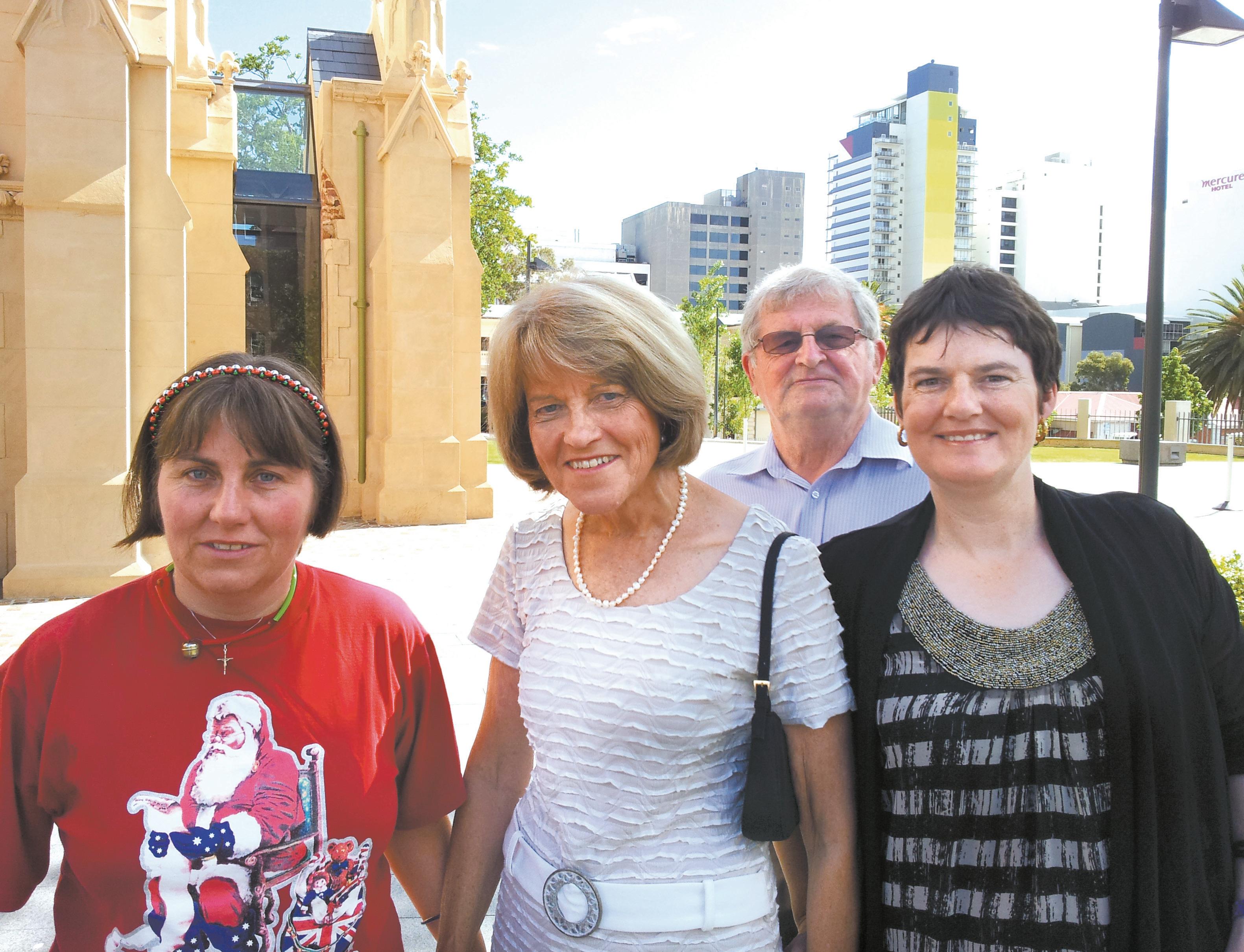
Wanting to spend more time with husband Pat and her adult children was another major factor.
At some stage she would like to make a railway trip over the mountains of Alaska; Pat is interested in fly fishing in New Zealand; and both are keen on visiting China for a different travelling experience from what they have had to date.
Although formally retired, it is likely Leonie will still be helping others in some capacity, when and where the need arises.
She said her understanding of being a Christian extends beyond merely attending church.
“It’s much more than that. It’s living it out; living out that faith. When I see that in people, it’s what keeps me going.
“I really think I’ve been put in the position I’m in for a purpose. I had a daughter with a disability but I also had a lot of support to get beyond just coping.
“There are lots of things happening in the Church that I don’t necessarily agree with and like most people I’m very concerned about how the Church is viewed by others at the moment but to me, that’s not my life.
“I can only do what I can do at my own level. I hope God will be pleased with that.”

VISTA VISTA January 2, 2013 8 therecord.com.au January 2, 2013 9 therecord.com.au
Leonie Reid, above second from left, with husband Patrick and daughter Stephanie, right, and a friend at the special Mass for Leonie’s farewell at St Mary’s Cathedral on December 9. Some of those who turned out for the occasion, left. PHOTOS: ROBERT HIINI


Culture at the CROSSROADS
Both the Catholic Church and the Indigenous Australians living on the Tiwi Islands in Australia's far north face mighty challenges for the future, reports Mark Reidy.
AS I FLEW toward the Tiwi Islands, an Aboriginal Community 80 kilometres north of Darwin, I dared to ask the pilot if he was willing to hand me control of the small aircraft. Surprisingly he nodded and as he let go of his wheel I nervously grabbed the one in front of me. Suddenly I was filled with a mixture of excitement and trepidation – feelings, I was to later realise, gave me an insight into the Tiwi people as they attempt to wrest back control of their own culture and destiny.
My five day journey to discover the practical realities of life for a Catholic priest living in an isolated community would introduce me to, not only an amazing example of the sacrifice and dedication of missionaries past and present, but also to a race of people living precariously on a spiritual, cultural and social precipice, trying desperately to preserve the bridge between their past and present. The Tiwi community hold firmly to their identity as a people distinct from mainland Aboriginals, but today they are facing unprecedented challenges as they try desperately to interweave the tsunami of western influence with their rich and proud past.
The Tiwi islands consist of eleven islands, but the entire population of 2500 inhabit only the largest two, Bathurst and Melville. My time there is spent in Wurrumiyanga (formerly known as Nguiu) which lies on the southeast corner of Bathurst island, the original site of the Catholic mission established by French priest, Fr Francis Xavier Gselle in 1911. It is now the largest settlement on the islands, with a population of 1500.
I alternate my time between shadowing the energetic and effervescent Fr Peter Van Huan Nguyen, who, like Fr Gselle and most of the missionaries since, is a member of the Missionaries of the Sacred Heart, and wandering through town meeting local Tiwi people.
I also met several of the ten percent of the non-Tiwi population who are involved in educational, welfare and government and nongovernment agencies supporting the community in their efforts to adapt to the modern invasion. It is an experience that provides me with a broad perspective, not only of the complex tapestry of this
community, but of the wide-ranging opinions about its future. There is a cultural richness that is still well and truly alive, as I discovered when I spent time each day with a group of elderly Tiwi women. I watched them weave baskets and listened to them share tales of their past in the Catholic mission and was fortunate enough to discover aspects of their traditions as I accompanied them into the bush in search of materials and dyes for their baskets. However, living alongside their cherished memories is an escalating sense of hopelessness they see in the generations coming after them. It is a burden that weighs heavily.
The Tiwi islands remain a paradise in themselves, covered with a mixture of thick, untouched forests, costal palm trees, mangrove swamps, long stretches of white sandy beaches, picturesque billabongs and an abundance of flora, fauna and animal life. However, as with the crocodiles who lurk men-
Gambling is a problem for many locals but alcohol and marijuana use have taken an even greater toll.
acingly below the surface of the surrounding shoreline and estuaries, one does not have to look too deeply to recognise the social dangers confronting this once seminomadic society.
Prefabricated housing lines the littered main street which is the hub of social activity and interaction. The day of my arrival coincides with the distribution of Centrelink payments and numerous groups gather under trees to shelter from the sweltering weather of the wet season and gamble on cards. Women and men play in separate groups, while teenagers gather on porches and children and a large number of unhealthy looking dogs wander aimlessly along the street or around the supermarket.
Gambling is a problem for many local people but alcohol and marijuana dependence has taken an even greater toll on the Community, contributing to the Tiwi Islands receiving the unenviable label as the “suicide capital of the world” in 2005.
This reputation was given global coverage when journalists from the British newspaper The Guardian visited the island at the peak of its social turmoil in 2006 to investigate the disproportionately high level of attempted and completed suicides.
Numerous programs and policies, such as prohibiting the sale of full strength alcohol and the protective barriers around all telegraph poles to inhibit hangings, jumpings and electrocutions, have since been successfully adopted by local and state authorities to curtail the devastation, but the social and cultural ramifications of substance abuse still remain entrenched within the community.
During a parliamentary inquiry in February 2012, the CEO of the Tiwi Shire Council, Alan Hudson and several councillors, emphasised the devastation caused by marijuana addiction, which, according to police estimates, affected 80 per cent of the community. It has lead to increased break-ins, they said, and it was not uncommon for up to 150 young children to be wandering the streets at 3 or 4am. It is an outlook that can cause pessimism amongst those who have come to the islands in an attempt to make a positive impact. One teacher I spoke with told me that attendance at school was often less than 50 per cent and the lack of discipline at home was often reflected in classroom demeanour. His view of the future was a grim one. However there are also those I spoke with who look to the future with a sense of optimism. They point out the positive work of Tiwi Enterprises, a Council of traditional land owners made up of members of the eight clans living on the
island. Tired of the welfare depend ence that has infiltrated the com munity since Federal Government changes in the 70s, they are wanting to create local enterprise and eco nomic self-sufficiency. Projects in forestry and fish farming, as well as the establishment of a small shop ping complex currently under con struction are all pointing to a future that is not connected to govern ment reliance.
It is an attitude mirrored by Tiwi politician, Francis Kurrupuwu, the Member for Arafura. In his maiden speech in the Northern Territory Legislative Assembly in October 2012 he proclaimed his desire to see Aboriginal people grow strong and independent through education and training which, in turn, would lead to increased employment and the establishment of businesses.
Too much dependence on gov ernment welfare, he said, had weakened Aboriginal communities. “Ways need to be found quickly for stronger decision making at the local level in Arafura to include our own voice and responsibilities”, he told the Assembly.
Visiting the island as a journal ist working for a Catholic newspa per I was initially cautious about the attitude I would find toward the Church. When Fr Gsell first stepped ashore in 1911 there were only a handful of white people living on the island hunting buffalo, but his influence had long term ramifications on the Tiwi people and their culture.
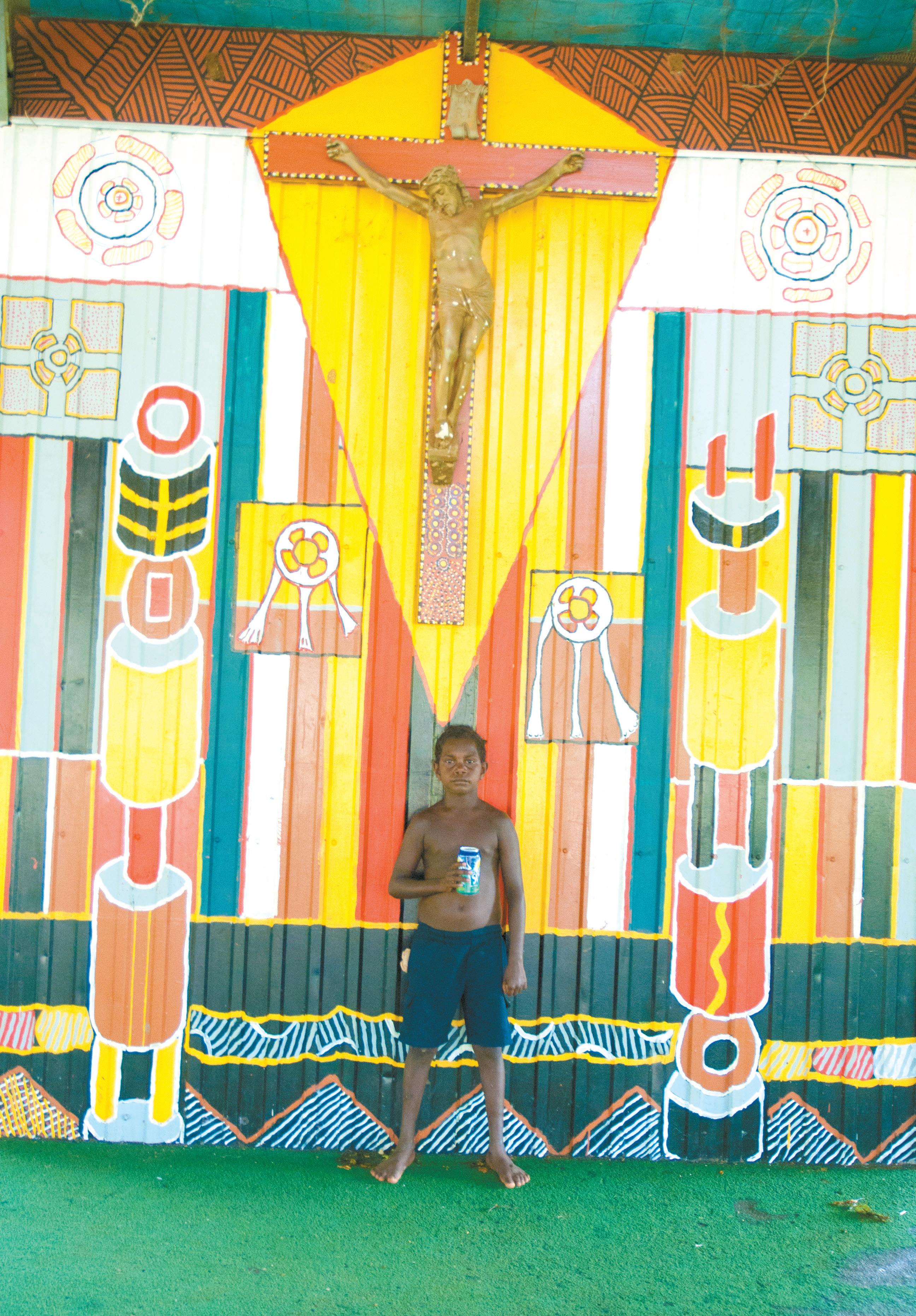
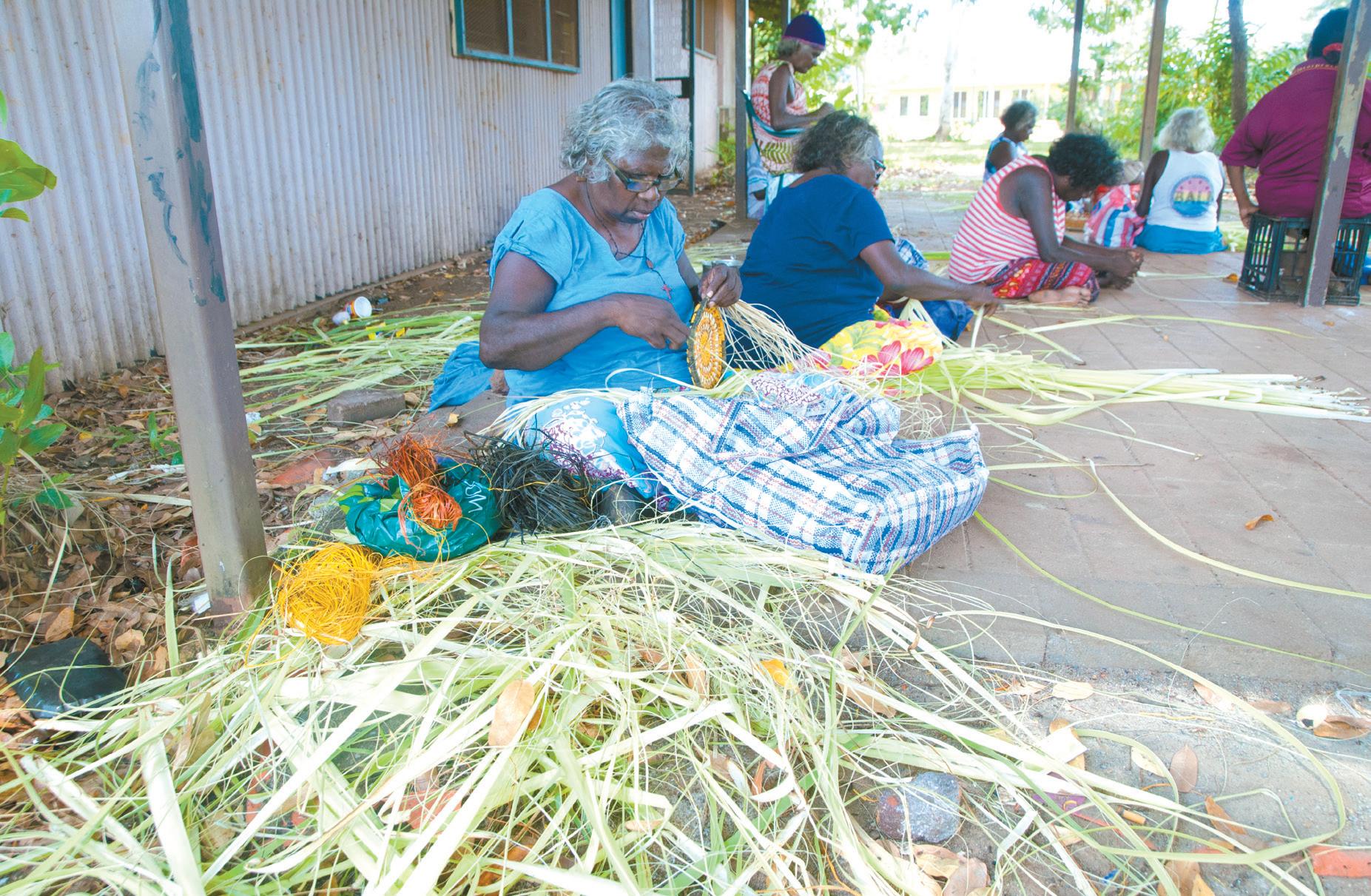
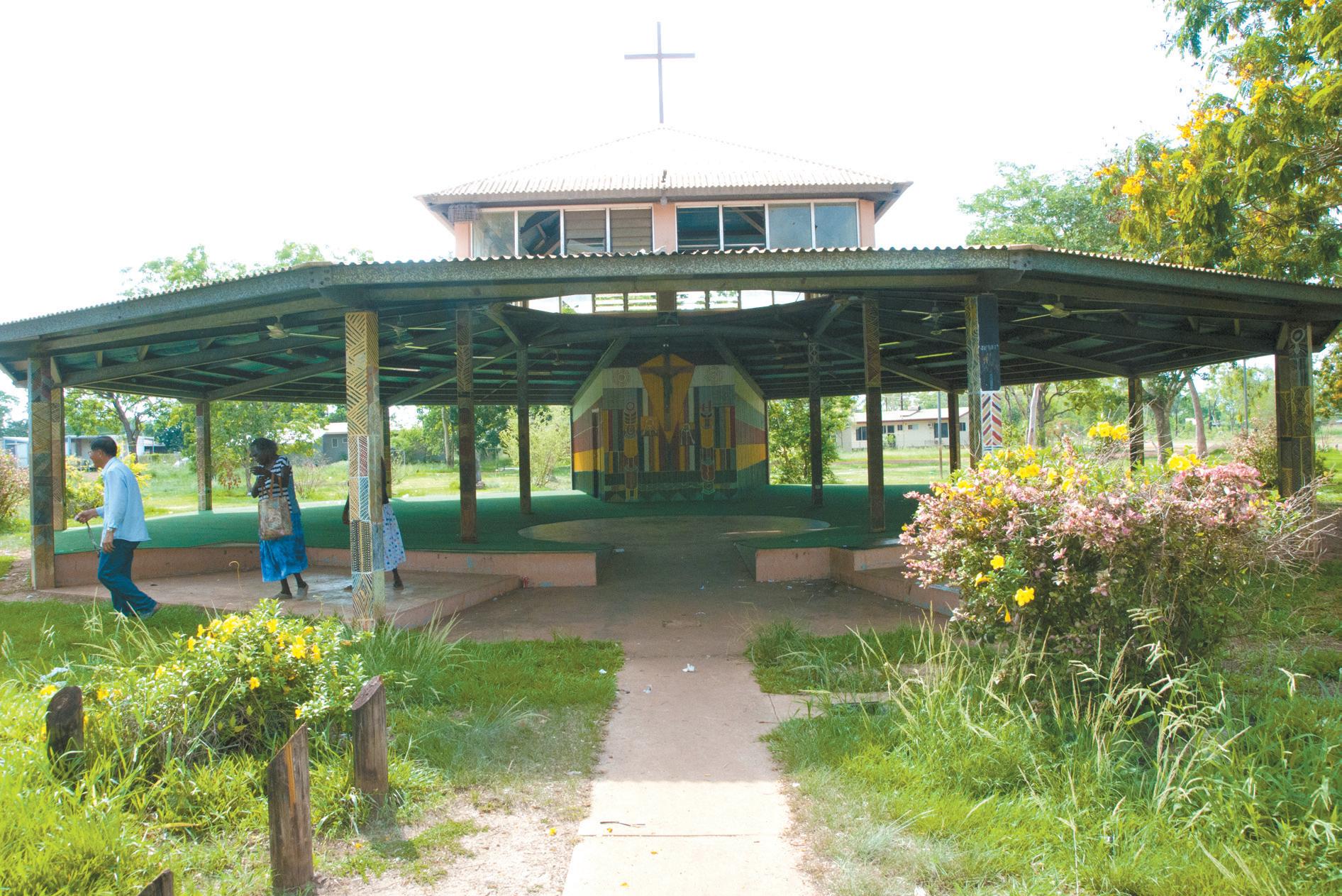
Within 15 years of locals spotting a “white man with long whiskers” walking along the beach, there were 80 adults and 46 children living in the Catholic Mission and the erection of permanent hous-
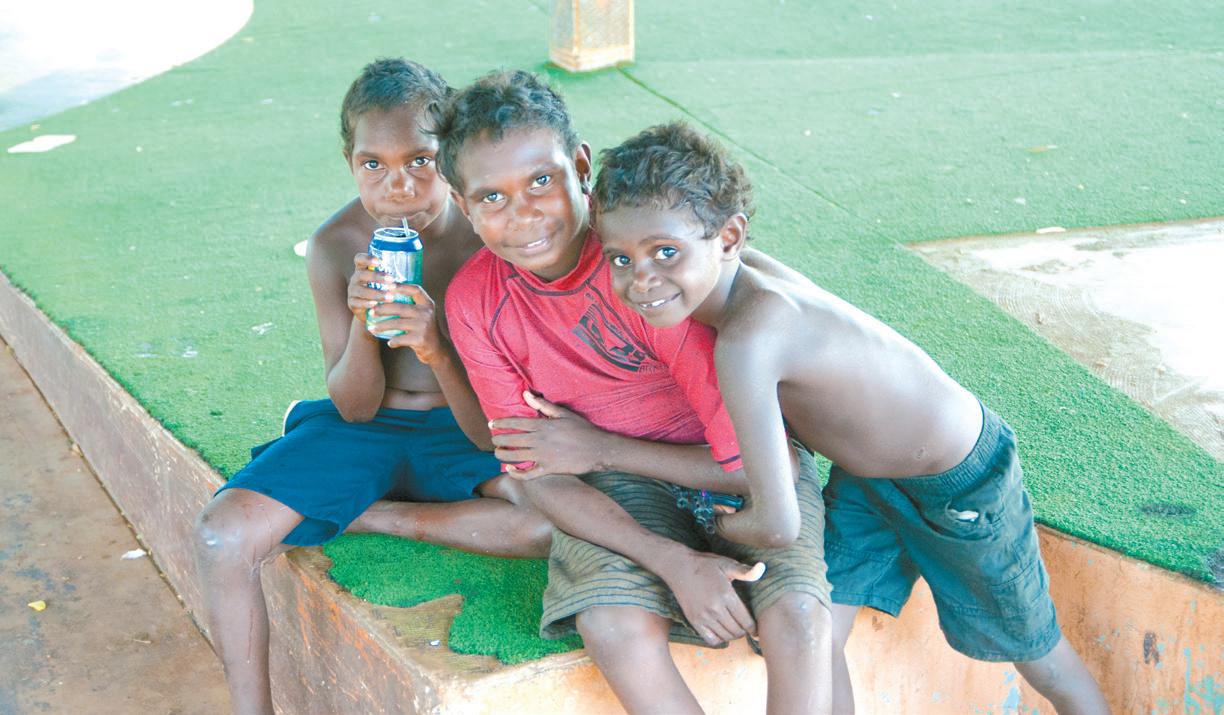
ing began soon after. Several other smaller missions were eventually established across both Bathurst and Melville Islands and by the 1950s there were separate schools for boys and girls and a hospital in Wurrumiyanga. By 1970 there were five priests, 10 brothers, 30 sisters and 52 lay-missionaries and a peaceful and workable co-existence between the Catholic and Tiwi culture had been established.
Fr Gselle’s attitude of “always try to be of friendly co-operation” seemed to be the foundation for all future missions and the interweaving of traditions, at least according to my basket weaving ladies, was mostly harmonious. Evidence of this enculturation can be found in the Tiwi artwork decorating the sacristy of the main church and throughout the more recently built outdoor church as well as a blending of language, song and dance within sacramental celebrations. The basket women are mainly positive about their Catholic experience and most of them still attend Mass regularly, but they lament the steady erosion of tradition that has occurred over the past two generations. The consensus amongst those I spoke to, both the older Tiwis and those who have come to the islands
to work alongside them, is that the continuing demise of ancient tradition has not come through the Church but, as experienced by many cultures throughout the world, via the influences of western culture.
The introduction of welfare in the 1970s was followed by domestic violence, crime and family breakdown ...
Although there would have been the inevitable difficulties of adjustment throughout the Church’s history on the islands, the greatest challenge seems to have evolved from the 1970s introduction of welfare. Suddenly, the Tiwi people no longer had to rely on working within the Mission to supply their needs and many took this oppor-
tunity of financial independence to move away from the Church. With this came an influx of influences that began a rapid corrosion of both Tiwi and Catholic culture. Alcohol and marijuana use and high unemployment rapidly increased and domestic violence, crime and breakdown of family networks soon followed. The demise climaxed in the tragic suicide epidemic leading up to 2005. The more recent introduction of mobile phones and access to diversions such as Facebook have also radically altered social cohesion amongst the younger generations.
Sr Anne Gardiner, who has witnessed many changes since she first arrived in 1953, is astounded at the influence of modern technology. She said that abusive comments made on facebook have, at times, led to hundreds of hostile family members gathering on the main street to argue. Local authorities have even banned the sale of phones from the
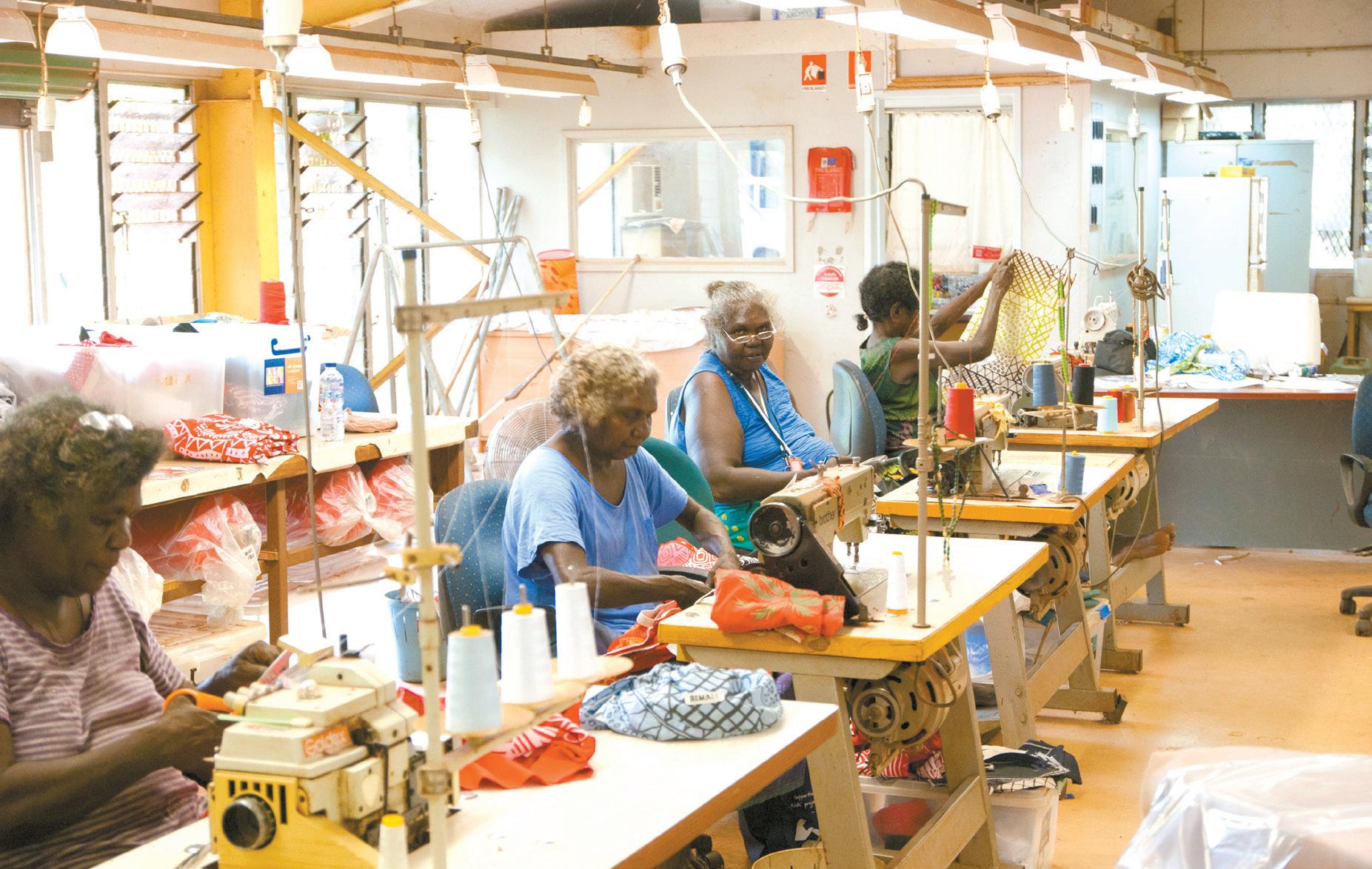
local shop, but the regular avenues of transport that exist today, both boat and plane, ensure that the buffer of isolation that once protected these islands is long gone. There is no way to hide from mainland influences.
For thousands of years the Tiwi people kept external intrusions at bay and were able to live lives of total self-reliance, however over the last century this unique community has continuously found itself at the crossroads of cultural, social and spiritual change.
There is definitely a sense of trepidation hanging over this community as they try to untangle themselves from the web of welfare dependence, socially destructive influences and spiritual decline, but it is tinged with the excitement of potentially returning to a state of self-sufficiency.
There will undoubtedly be many challenges ahead as they move into unfamiliar territory and attempt to regain control of their own destiny.
However while the Church remains and is lead by the dedica-
tion of men and women, beginning with Father Gselle and continuing today through the sacrificial lives of Sr Anne and Fr Peter, I am left with a sense of hope.
This is a community that has been rapidly infiltrated and corroded by the ills of a secular society geared toward self gratification - a concept that is the antithesis of the communal and family centred tradition of this proud people. The greatest challenge for the Church today on these islands, is no longer a cultural battle, but a spiritual one.
VISTA 10 therecord.com.au VISTA 11 therecord.com.au January 2, 2013 January 2, 2013
A Tiwi Islander boy, above, stands in front of a crucifix in the Wurrumiyanga open-air Catholic Mass centre on Bathurst Island, also seen at right. Islanders face an uncertain future and have been badly affected by outside influences. Drug and alcohol abuse have contributed to the Islands being known at one time as the suicide capital of the world. However hope still exists, as locals plan to create local enterprises and achieve economic self-sufficiency. PHOTOS: MARK
PHOTO:
REIDY
Boys play under the roof of the open-air Catholic Mass centre on Bathurst Island.
MARK
Women weave traditional baskets using locally harvested grasses and dyes.
The Catholic Mass centre sees an average weekly congregation of 50 to 60 people attend.
Sign of hope? Women work at producing local artefacts which can be sold later. Some locals dream of making their home an economically self-sufficient zone.

Culture at the CROSSROADS
Both the Catholic Church and the Indigenous Australians living on the Tiwi Islands in Australia's far north face mighty challenges for the future, reports Mark Reidy.
AS I FLEW toward the Tiwi Islands, an Aboriginal Community 80 kilometres north of Darwin, I dared to ask the pilot if he was willing to hand me control of the small aircraft. Surprisingly he nodded and as he let go of his wheel I nervously grabbed the one in front of me. Suddenly I was filled with a mixture of excitement and trepidation – feelings, I was to later realise, gave me an insight into the Tiwi people as they attempt to wrest back control of their own culture and destiny.
My five day journey to discover the practical realities of life for a Catholic priest living in an isolated community would introduce me to, not only an amazing example of the sacrifice and dedication of missionaries past and present, but also to a race of people living precariously on a spiritual, cultural and social precipice, trying desperately to preserve the bridge between their past and present.
The Tiwi community hold firmly to their identity as a people distinct from mainland Aboriginals, but today they are facing unprecedented challenges as they try desperately to interweave the tsunami of western influence with their rich and proud past.
The Tiwi islands consist of eleven islands, but the entire population of 2500 inhabit only the largest two, Bathurst and Melville. My time there is spent in Wurrumiyanga (formerly known as Nguiu) which lies on the southeast corner of Bathurst island, the original site of the Catholic mission established by French priest, Fr Francis Xavier Gselle in 1911. It is now the largest settlement on the islands, with a population of 1500.
I alternate my time between shadowing the energetic and effervescent Fr Peter Van Huan Nguyen, who, like Fr Gselle and most of the missionaries since, is a member of the Missionaries of the Sacred Heart, and wandering through town meeting local Tiwi people. I also met several of the ten percent of the non-Tiwi population who are involved in educational, welfare and government and nongovernment agencies supporting the community in their efforts to adapt to the modern invasion.
It is an experience that provides me with a broad perspective, not only of the complex tapestry of this
community, but of the wide-ranging opinions about its future. There is a cultural richness that is still well and truly alive, as I discovered when I spent time each day with a group of elderly Tiwi women. I watched them weave baskets and listened to them share tales of their past in the Catholic mission and was fortunate enough to discover aspects of their traditions as I accompanied them into the bush in search of materials and dyes for their baskets. However, living alongside their cherished memories is an escalating sense of hopelessness they see in the generations coming after them. It is a burden that weighs heavily.
The Tiwi islands remain a paradise in themselves, covered with a mixture of thick, untouched forests, costal palm trees, mangrove swamps, long stretches of white sandy beaches, picturesque billabongs and an abundance of flora, fauna and animal life. However, as with the crocodiles who lurk men-
Gambling is a problem for many locals but alcohol and marijuana use have taken an even greater toll.
acingly below the surface of the surrounding shoreline and estuaries, one does not have to look too deeply to recognise the social dangers confronting this once seminomadic society.
Prefabricated housing lines the littered main street which is the hub of social activity and interaction. The day of my arrival coincides with the distribution of Centrelink payments and numerous groups gather under trees to shelter from the sweltering weather of the wet season and gamble on cards. Women and men play in separate groups, while teenagers gather on porches and children and a large number of unhealthy looking dogs wander aimlessly along the street or around the supermarket.
Gambling is a problem for many local people but alcohol and marijuana dependence has taken an even greater toll on the Community, contributing to the Tiwi Islands receiving the unenviable label as the “suicide capital of the world” in 2005.
This reputation was given global coverage when journalists from the British newspaper The Guardian visited the island at the peak of its social turmoil in 2006 to investigate the disproportionately high level of attempted and completed suicides. Numerous programs and policies, such as prohibiting the sale of full strength alcohol and the protective barriers around all telegraph poles to inhibit hangings, jumpings and electrocutions, have since been successfully adopted by local and state authorities to curtail the devastation, but the social and cultural ramifications of substance abuse still remain entrenched within the community.
During a parliamentary inquiry in February 2012, the CEO of the Tiwi Shire Council, Alan Hudson and several councillors, emphasised the devastation caused by marijuana addiction, which, according to police estimates, affected 80 per cent of the community. It has lead to increased break-ins, they said, and it was not uncommon for up to 150 young children to be wandering the streets at 3 or 4am.
It is an outlook that can cause pessimism amongst those who have come to the islands in an attempt to make a positive impact. One teacher I spoke with told me that attendance at school was often less than 50 per cent and the lack of discipline at home was often reflected in classroom demeanour. His view of the future was a grim one.
However there are also those I spoke with who look to the future with a sense of optimism. They point out the positive work of Tiwi Enterprises, a Council of traditional land owners made up of members
of the eight clans living on the island. Tired of the welfare depend ence that has infiltrated the com munity since Federal Government changes in the 70s, they are wanting to create local enterprise and eco nomic self-sufficiency. Projects in forestry and fish farming, as well as the establishment of a small shop ping complex currently under con struction are all pointing to a future that is not connected to govern ment reliance.
It is an attitude mirrored by Tiwi politician, Francis Kurrupuwu, the Member for Arafura. In his maiden speech in the Northern Territory Legislative Assembly in October 2012 he proclaimed his desire to see Aboriginal people grow strong and independent through education and training which, in turn, would lead to increased employment and the establishment of businesses.
Too much dependence on gov ernment welfare, he said, had weakened Aboriginal communities. “Ways need to be found quickly for stronger decision making at the local level in Arafura to include our own voice and responsibilities”, he told the Assembly.

Visiting the island as a journalist working for a Catholic newspaper I was initially cautious about the attitude I would find toward the Church. When Fr Gsell first stepped ashore in 1911 there were only a handful of white people living on the island hunting buffalo, but his influence had long term ramifications on the Tiwi people and their culture.
Within 15 years of locals spotting a “white man with long whiskers” walking along the beach, there were 80 adults and 46 children liv-
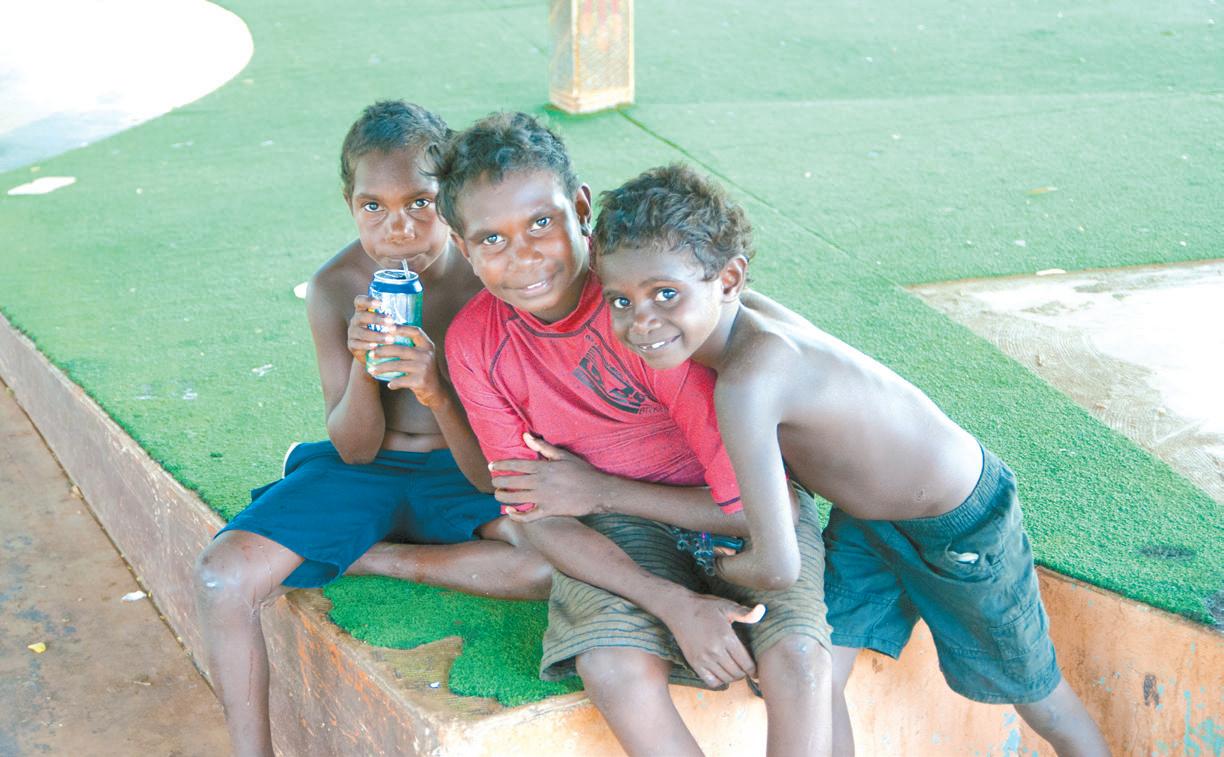
ing in the Catholic Mission and the erection of permanent housing began soon after. Several other smaller missions were eventually established across both Bathurst and Melville Islands and by the 1950s there were separate schools for boys and girls and a hospital in Wurrumiyanga. By 1970 there were five priests, 10 brothers, 30 sisters and 52 lay-missionaries and a peaceful and workable co-existence between the Catholic and Tiwi culture had been established.
Fr Gselle’s attitude of “always try to be of friendly co-operation” seemed to be the foundation for all future missions and the interweaving of traditions, at least according to my basket weaving ladies, was mostly harmonious. Evidence of this enculturation can be found in the Tiwi artwork decorating the sacristy of the main church and throughout the more recently built outdoor church as well as a blending of language, song and dance within sacramental celebrations. The basket women are mainly positive about their Catholic experience and most of them still attend
VISTA 10 therecord.com.au January 2, 2013
A Tiwi Islander boy stands in front of a crucifix at right. Islanders face an uncertain future contributed to the Islands being known at one create local enterprises and achieve economic
Boys play under the roof of the open-air Catholic Mass centre on Bathurst Island.
PHOTO: MARK REIDY

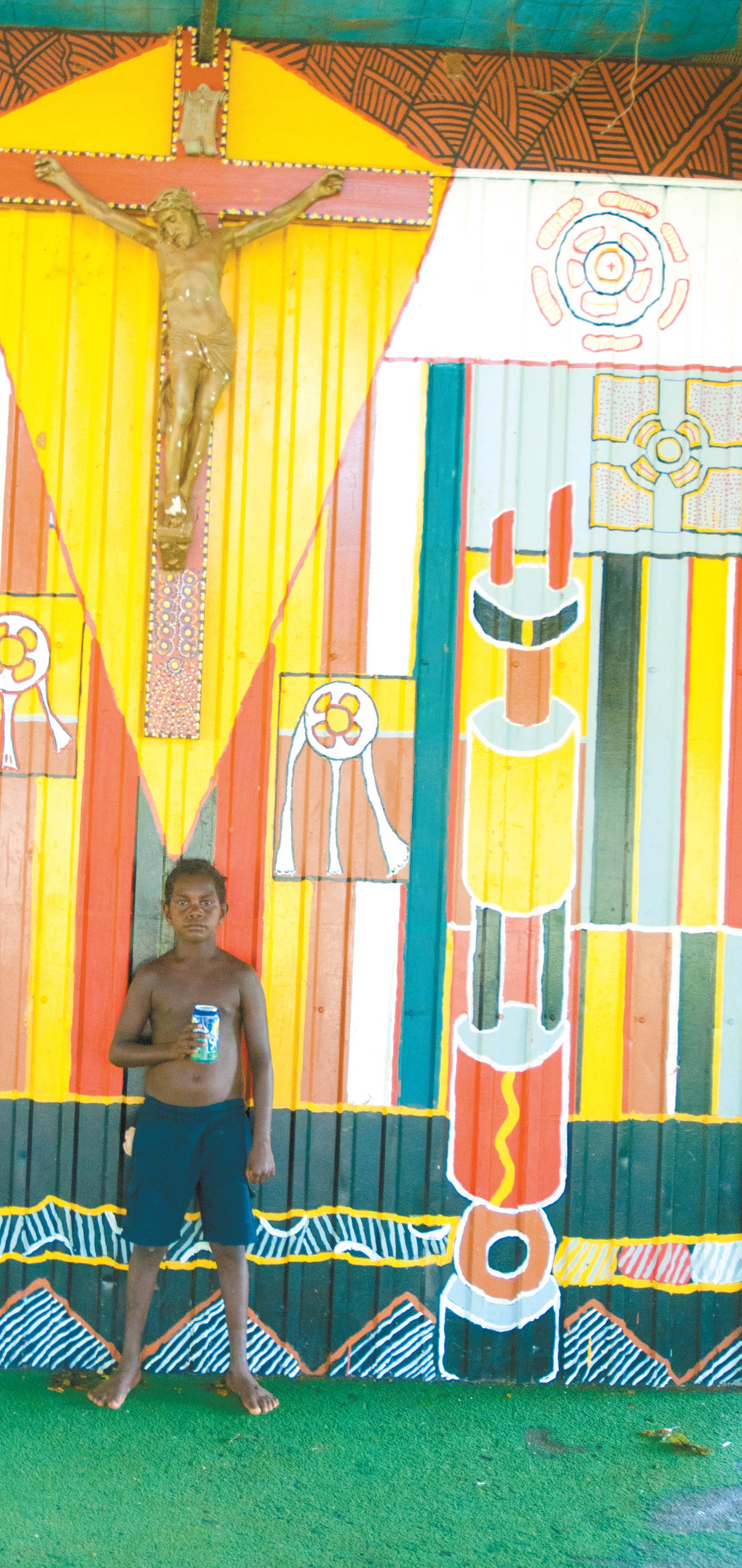
Mass regularly, but they lament the steady erosion of tradition that has occurred over the past two generations. The consensus amongst those I spoke to, both the older Tiwis and those who have come to the islands to work alongside them, is that the continuing demise of ancient tradition has not come through
The introduction of welfare in the 1970s was followed by domestic violence, crime and family breakdown ...
the Church but, as experienced by many cultures throughout the world, via the influences of western culture.
Although there would have been the inevitable difficulties of adjustment throughout the Church’s history on the islands, the greatest challenge seems to have evolved from the 1970s introduction of welfare. Suddenly, the Tiwi people


no longer had to rely on working within the Mission to supply their needs and many took this opportunity of financial independence to move away from the Church.
With this came an influx of influences that began a rapid corrosion of both Tiwi and Catholic culture. Alcohol and marijuana use and high unemployment rapidly increased and domestic violence, crime and breakdown of family networks soon followed. The demise climaxed in the tragic suicide epidemic leading up to 2005.
The more recent introduction of mobile phones and access to diversions such as Facebook have also radically altered social cohesion amongst the younger generations.
Sr Anne Gardiner, who has witnessed many changes since she first arrived in 1953, is astounded at the influence of modern technology. She said that abusive comments made on facebook have, at times, led to hundreds of hostile family members gathering on the main street to argue.
Local authorities have even banned the sale of phones from the

local shop, but the regular avenues of transport that exist today, both boat and plane, ensure that the buffer of isolation that once protected these islands is long gone. There is no way to hide from mainland influences.
For thousands of years the Tiwi people kept external intrusions at bay and were able to live lives of total self-reliance, however over the last century this unique community has continuously found itself at the crossroads of cultural, social and spiritual change.
There is definitely a sense of trepidation hanging over this community as they try to untangle themselves from the web of welfare dependence, socially destructive influences and spiritual decline, but it is tinged with the excitement of potentially returning to a state of self-sufficiency.
There will undoubtedly be many challenges ahead as they move into unfamiliar territory and attempt to regain control of their own destiny.
However while the Church remains and is lead by the dedica-
tion of men and women, beginning with Father Gselle and continuing today through the sacrificial lives of Sr Anne and Fr Peter, I am left with a sense of hope.
This is a community that has been rapidly infiltrated and corroded by the ills of a secular society geared toward self gratification - a concept that is the antithesis of the communal and family centred tradition of this proud people. The greatest challenge for the Church today on these islands, is no longer a cultural battle, but a spiritual one.
VISTA 11 therecord.com.au January 2, 2013
crucifix in the Wurrumiyanga open-air Catholic Mass centre on Bathurst Island, also seen and have been badly affected by outside influences. Drug and alcohol abuse have one time as the suicide capital of the world. However hope still exists, as locals plan to economic self-sufficiency.
PHOTOS: MARK REIDY
Women weave traditional baskets using locally harvested grasses and dyes.
The Catholic Mass centre sees an average weekly congregation of 50 to 60 people attend.
Sign of hope? Women work at producing local artefacts which can be sold later. Some locals dream of making their home an economically self-sufficient zone.

ALFRED HITCHCOCK’S SURPRISE ENDING
A biographer of the Alfred Hitchcock, the “Master of Suspense” said at the end of his life he shunned the Catholic Faith. “Not true”, Fr Mark Henninger SJ writes. “I was there.”
IREMEMBER as a young boy watching the black-and-white Alfred Hitchcock Presents on TV and being enthralled from the start by the simple nine-stroke line-drawing caricature of the famed movie director’s rotund profile.
The mischievous theme music set the mood as Hitchcock appeared in silhouette from the right edge of the screen, and then walked into the centre, replacing the caricature. “Good evening.” There followed his droll introductions, so unlike anything else on television.
Such childhood emotions came over me again when, in early 1980, I entered his home in Bel Air to see him dozing in a chair in a corner of his living room, dressed in jet-black pyjamas.
At the time, I was a graduate student in philosophy at UCLA and I was (and remain) a Jesuit priest.
A fellow priest, Tom Sullivan, who knew Hitchcock, said one Thursday that the next day he was going over to hear Hitchcock’s confession. Tom asked whether on Saturday afternoon I would accompany him to celebrate Mass in Hitchcock’s house.
I was dumbfounded but, of course, said yes. On that Saturday, when we found Hitchcock asleep in the living room, Tom gently shook him. Hitchcock awoke, looked up and kissed Tom’s hand, thanking him. Tom said, “Hitch, this is Mark Henninger, a young priest from
Cleveland.” “Cleveland?” Hitchcock said. “Disgraceful!” After we chatted for a while, we all crossed from the living room through a breezeway to his study and there, with his wife, Alma, we celebrated a quiet Mass. Across from me were the bound volumes of his movie scripts, The Birds, Psycho, North by Northwest and others - a great distraction. Hitchcock had been away from the Church for some time, and he answered the responses in Latin the old way. But the most remarkable sight was that, after receiving Communion, he silently cried, tears rolling down his huge cheeks.
Mr Hitchcock, have you seen any good movies lately?” He paused and said emphatically, “No, I haven’t. When I made movies they were about people, not robots. Robots are boring. Come on, let’s have Mass.” He died soon after these visits, and his funeral Mass was at Good Shepherd Catholic Church in Beverly Hills. Alfred Hitchcock has returned to the news lately, thanks to an apparently unflattering portrait of him in a new Hollywood production.
Some of his biographers have not been kind, either. Religion, too, is much in the news, also often presented in an unflattering light, because clashing beliefs
I suspect, in facing death, one may at last see truths missed for years what is worth one’s attention.
Tom and I returned a number of times, always on Saturday afternoons, sometimes together, but I remember once going by myself. I’m somewhat tongue-tied around famous people and found it a bit awkward to chitchat with Alfred Hitchcock, but we did, enjoyably, in his living room. At one point he said, “Let’s have Mass”.
He was 81 years old and had difficulty moving, so I helped him get up and assisted him across the breezeway. As we slowly walked, I felt I had to say something to break the silence, and the best I could come up with was, “Well,
are at issue in wars and terrorism. The violence provokes some people to reject religion altogether. For many who experience religion only in this way - at second hand, in the media, from afar - such a reaction is to a degree understandable.
What they miss is that religion is an intensely personal affair. St Augustine wrote: “Magnum mysterium mihi” - I am a great mystery to myself. Why exactly Hitchcock asked Tom Sullivan to visit him is not clear to us and perhaps was not completely clear to him.
But something whispered in his heart, and the visits answered a profound
human desire, a real human need. Who of us is without such needs and desires?
Some people find these late-in-life turns to religion suspect, a sign of weakness or of one’s “losing it.” But nothing focuses the mind as much as death. There is a long tradition going back to ancient times of memento mori, remember death. Why? I suspect that, in facing death, one may at last see soberly, whether clearly or not, truths missed for years, what is finally worth one’s attention.
Weighing one’s life with its share of wounds suffered and inflicted in such a perspective, and seeking reconciliation with an experienced and forgiving God, strikes me as profoundly human. Hitchcock’s extraordinary reaction to receiving Communion was the face of real humanity and religion, far away from headlines ... or today’s filmmakers and biographers.
One of Hitchcock’s biographers, Donald Spoto, has written that Hitchcock let it be known that he “rejected suggestions that he allow a priest ... to come for a visit, or celebrate a quiet, informal ritual at the house for his comfort.”
That, in the movie director’s final days, he deliberately and successfully led outsiders to believe precisely the opposite of what happened is pure Hitchcock.
Reprinted with permission of The Wall Street Journal © 2012 Dow Jones & Company. All rights reserved.
Clerical state gets short shrift in films, saccharine
From Hollywood’s silent era to today’s summer blockbusters, Catholic priests have been a staple of the silver screen.
In 1915, D W Griffith followed up his controversial silent classic Birth of a Nation with the ambitious epic Intolerance, which prominently featured a Catholic priest administering last rites to a condemned man. Five years later, Bert Bracken would direct The Confession, about a priest bound by the seal of confession to keep secret information that could save an innocent man from the gallows. A similar plot device would be employed by Alfred Hitchcock in I Confess (1953), starring Montgomery Clift. From Bing Crosby’s crooning curate in Going My Way (1944) to Karl Malden’s dockyard preacher in On the Waterfront (1954) to Max
Von Sydow’s demon-battling Jesuit in The Exorcist (1973), men of the cloth have provided some memorable moments in the history of cinema. The same goes for foreign films. Just think of Don Pietro martyred by the Gestapo in Roberto Rossellini’s neorealist masterpiece Open City (1941).
What makes Catholic priests such compelling character studies? Perhaps part of it has to do with the nature of movies themselves. Film is an inherently visual art form, telling stories and conveying meaning through images rather than words.
A Roman collar is one of those archetypal wardrobe pieces that communicate volumes before the character wearing it ever utters a line of dialogue. Just as the cowboy hat signals grit, or the detective’s fedora hard-boiled toughness, so the priest’s collar serves as visual
shorthand for morality, albeit at times flawed or distorted.
Or perhaps it has something to do with the priest’s traditionally understood role in society: that of intermediary between God and man. “I think the vocation provides interesting and dramatic possibilities,” says Father Robert Lauder, a philosophy professor at St John’s University in New York, who runs the popular Friday Film Festival at the Immaculate Conception Centre in Douglaston. Despite the intellectually nar-
rowing effect of the prevailing cultural secularism, the priest is one of the few symbols still wide enough to embody “big” concepts such as good and evil, sin and grace, damnation and salvation.
Happy priests were banished from theatres and replaced with dysfunctional sadists.
Whatever the fascination, priests occupy a special place in the catalogue of film characters, one that spans every era and genre. Obviously, the image of Catholic priests in popular culture has changed over the years, in sync with the zeitgeist of the day.
During its heyday in the 1930s and ‘40s, Hollywood populated rectories with brand-name stars such as Crosby, Spencer Tracy, Frank Sinatra and Pat O’Brien, putting a confident, red-blooded face on American Catholicism.
“As heroes of the silver screen, priests and nuns were ambassadors of Christendom,” said Catholic film
critic Steven D Greydanus. In the 1960s and ‘70s, priests lost their sacred cow status, both in society and at the movies.
“Priests weren’t protected species anymore,” said Jesuit Fr Mark Massa of Fordham University. For filmmakers, “priests became places where conflicts could be worked out in a human way”.
The spiritually self-assured Father O’Malleys and Father Flanagans were excommunicated from movie theatres, and a new breed of box-office priests were ordained - the tortured and conflicted (generally over celibacy) clerics in films such as Mass Appeal (1984), The Thorn Birds (1983) and Monsignor (1982).
In truth, despite criticism of being unrealistic and sentimental, many films from the 1930s and ‘40s reveal just as much emotional hon-
January 2, 2013 VISTA 12 therecord.com.au

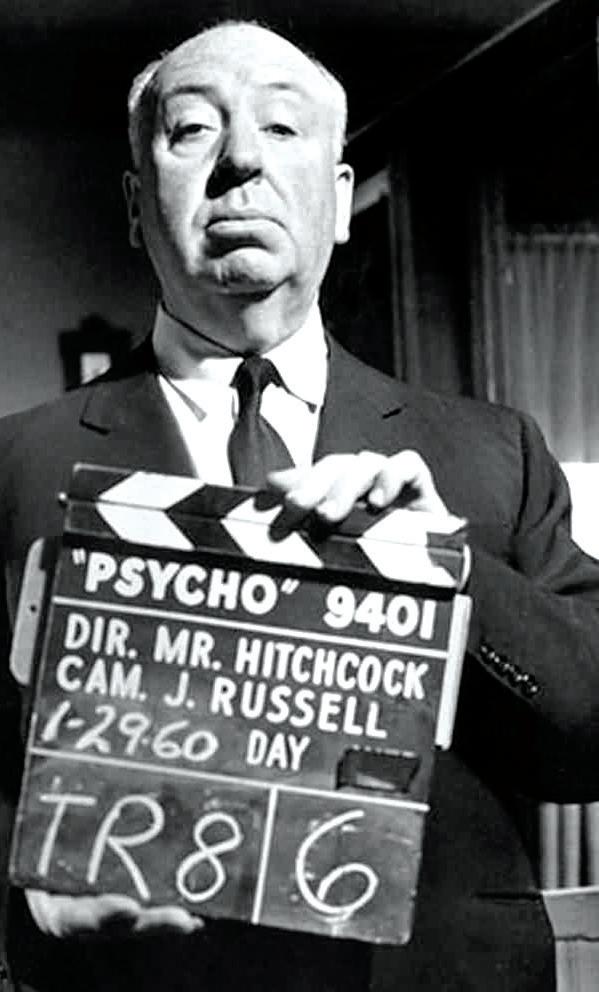
yesteryear and savage today
esty as their more contemporary counterparts - only without the latter’s usual dose of dissent.
For example, Gregory Peck’s missionary in The Keys of the Kingdom (1944) is plagued with inner turmoil, at one point confessing, “When I was a little boy, I imagined (priests) were all infallibly perfect.” To which his kindly mentor responds, “And now you’ve discovered how frighteningly human we are.” Or, as Alec Guinness’ politically imprisoned prelate bluntly puts it in The Prisoner (1955), “Do not judge the priesthood by the priest.”
In his scathing 1993 Hollywood vs. America, conservative film critic Michael Medved expresses the opinion that the modern Hollywood view of priests is “every bit as onesided in its cynicism and hostility, as the old treatment may have been idealised and saccharine.”
It’s a hard point to argue given such unflattering depictions in films such as Priest (1994), The Magdalene Sisters (2002) and The Da Vinci Code (2006) - where priests are portrayed, respectively, as dysfunctional, sadistic and sexually predatory, and murderously sinister. However, others caution against tarring the entire industry with the same anti-clerical brush.
While acknowledging “excessive and unwarranted bitterness and animosity” on the part of some filmmakers, Greydanus noted, “not all these knocks are unwarranted or unfair; scandal, mismanagement and other failings within the Church have always been subjects of legitimate criticism.”
Modern Hollywood is hardly without sin, but it is also responsible for some powerful and profoundly reverent depictions of priests - Gran
The magic masked the madness
A new film based on an unflattering biography of film great Alfred Hitchcock may have a point, writes Joseph McAleer.
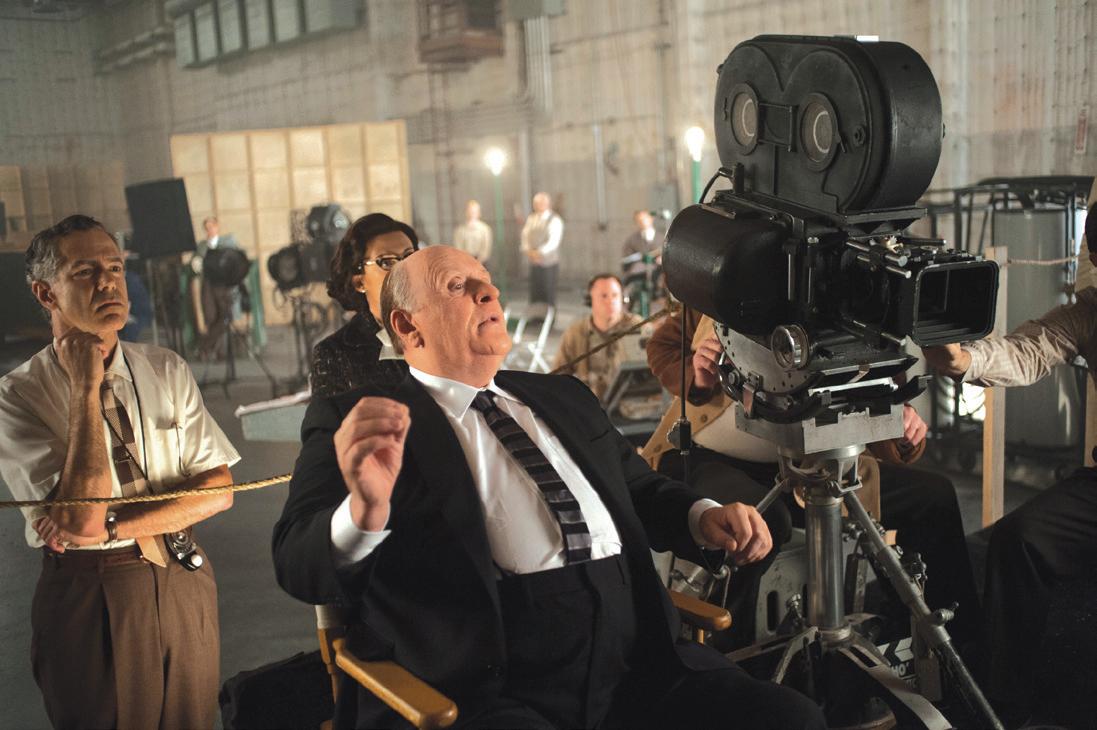
THE Greek philosopher Aristotle observed, “There is not great genius without a mixture of madness.”
Case in point: Hitchcock (Fox Searchlight), an absorbing portrait of the legendary film director during the making of his biggest success, the 1960 horror classic Psycho
The “Master of Suspense” gets quite a dressing-down in this adaptation of Stephen Rebello’s 1990 book Alfred Hitchcock and the Making of Psycho, directed by newcomer Sacha Gervasi. The famously corpulent director (Anthony Hopkins, unrecognisable under layers of prosthetics) was, apparently, a psychological mess - a compulsive voyeur who fantasised about his leading ladies and terrorised his staff.
Hitchcock was also, it seems, a control freak who suspected the motives of just about everyone, even his devoted wife, Alma (Helen Mirren).
Intriguingly, Alma seems to have been his muse - and the power behind the throne. A talented editor in her own right, this endlessly patient spouse knew how to sober “Hitch” up and save the day. The tender story of their tempestuous yet faithful marriage is a high point of the film.
to purchase every copy of Psycho in the United States to prevent the public from knowing the plot - and the ending.
Hitchcock goes behind the scenes of the production, with stars playing stars, including Scarlett Johansson as Janet Leigh, whose character was destined to die in that famous shower scene; and James D’Arcy as Anthony Perkins, playing Norman Bates, the twisted motel owner who is dominated by his mother.
Even the ghost of Gein (Michael Wincott) pops up on set, to ask Hitchcock tauntingly why he would make such a shocking film.
Why indeed. Raised a Catholic and reconciled to his faith before his death in 1980, Hitchcock can be said to have done a great disservice with Psycho. As this film shows, he battled the Hollywood
A ghost appears to ask Hitchcock why he would make such a shocking film in Psycho. Why indeed.
Torino (2008), to name but one.
Many of the movies on the accompanying list offer compelling illustrations of the witness called for by Archbishop Fulton Sheen when, writing on the priesthood, he said, “We become significant to our fellow men not by being a ‘regular guy’ but by being ‘another Christ.’”
From its opening image of Henry Fonda’s shadow, arms outstretched cruciform, no movie captures the idea of priest as “alter Christus” better than “The Fugitive” (1947) by Catholic director John Ford -- said to be his favorite film -- and loosely based on Graham Greene’s novel “The Power and the Glory.” In it, Fonda’s hunted priest admits, “The priesthood is large, it’s tremendous; I was always too small for it.”
In the final analysis, so too is perhaps even the biggest movie screen. - CNS
In 1959, Hitchcock was the world’s greatest director with a string of stylish thrillers to his name, most recently Vertigo and North by Northwest. But he was always searching for his next hit, and Hollywood was changing fast.
“Audiences want to be shocked,” Hitchcock observes. “They want something different.”
To meet the challenge, he settles on Psycho, a sensational novel by Robert Bloch, based on the real-life case of notorious serial killer Ed Gein. The lurid story is rejected by the studio, so Hitchcock opts to go it alone, financing the movie himself and crafting a sensational publicity campaign. At one point, he orders this staff
censors to allow an unprecedented degree of explicitness: In addition to the infamous shower scene, Psycho was also the first mainstream movie to show an unmarried couple in bed together.
There were long-term implications to Hitchcock’s “victory”; his triumph over the censors contributed to the breakdown of the long-standing production code that had regulated movie content since the 1930s.
The film contains graphic recreations of movie-making violence, a scene of implied adultery, sexual innuendo and some profane and rough language. The Catholic News Service classification is A-III - adults. The film is rated M in Australia and will be showing in cinemas from January 10. - CNS
January 2, 2013 VISTA 13 therecord.com.au
Anthony Hopkins, above, was adorned with layers of prosthetics to play the “Master of Suspense” in Fox Searchlight’s new film, Hitchcock CNS
FUN FAITHWith


Across
3. King Herod sent the wise men on to Bethlehem with the words, ‘Go and find out all about the child, and when you have found him, let me know, so that I too may go and do him ____.’
5. The chief priests and the scribes told King Herod, ‘At Bethlehem in Judaea, for the prophet wrote ... from [Bethlehem] will come a leader who will ____ my people Israel.’
6. The sight of the star filled them with happiness, and going into the house they saw the child with his
GOSPEL READING
Matthew 2: 1-12
After Jesus had been born at Bethlehem in Judaea during the reign of King Herod, some wise men came to Jerusalem from the east. They asked King Herod, ‘Where is the infant king of the Jews? We saw his star as it rose and have come to do him homage.’ When King Herod heard this he was worried, and so was the whole of Jerusalem. He asked the chief priests and the scribes of the people where the Christ was to be born. They told him, ‘At Bethlehem in Judaea, for the prophet wrote ... from [Bethlehem] will come a leader who will shepherd my people Israel.’ Then Herod summoned the wise men, asked them the exact date they saw the star and sent them on to Bethlehem with the words, ‘Go and find out all about the child, and when you have found him, let me know, so that I too may go and do him homage.’ Having listened to what the king had said, they set out. And suddenly the star they had seen rising went forward and halted over the place where the child was. The sight of the star filled them with delight, and going into the house they saw the child with his mother Mary, and falling to their knees they did him homage. Then, opening their treasures, they offered him gifts of gold and frankincense and myrrh. But they were given a warning in a dream not to go back to Herod, and returned to their own country by a different way.


mother ____, and falling to their knees they did him homage.
Down
1. After Jesus had been born at ____ in Judaea during the reign of King Herod, some wise men came to Jerusalem from the east.
2. Suddenly the ____ they had seen rising went forward and halted over the place where the child was.
4. They asked King ____, ‘Where is the infant king of the Jews? We saw his star as it rose and have come to do him homage.’
WORD SEARCH
SHEPHERD BETHLEHEM MARY HEROD HOMAGE STAR WINNER


Then, opening their treasures, they offered him gifts of gold and frankincense and myrrh - Mt 2: 1-12
SEND YOUR COLOURED IN PICTURE TO THE RECORD AT PO BOX 3075, ADELAIDE TERRACE, PERTH WA 6832 TO BE IN THE RUNNNG TO WIN THIS WEEK’S PRIZE.
JANUARY 6, 2013 • MATTHEW 2: 1-12 • EPIPHANY OF THE LORD
ALESSIO DE SOUZA AGED 9
SHEPHERD BETHLEHEM MARY HEROD HOMAGE STAR

A Senegalese girl’s true friend
By JaMes Martone
WHEN she heard from the village chief that a 14-year-old girl was being forced to leave school and marry, Senegalese aid worker Constance Mbaye could think of only one thing to do.
“I gave the chief my telephone number and address and told him to tell the girl that if she could escape and make it to the city, I would take care of her,” said Mbaye, a Catholic who once thought she wanted to be a nun.
She said the girl, Idiatou, fled her tiny village the same evening, walked five miles in the dark through forests and fields to the nearest road, then hitched a ride to Tambacounda, where she showed up in front of Mbaye’s house the next morning.
The event in 2007 marked the beginning of Femmes Entr’Aide, the charity Mbaye founded to help Idiatou and others like her study amid great obstacles in rural Senegal, where a 2012 UNESCO report shows 94 percent of women ages 15-24 have less than a lower secondary education.
“They get married early, or their parents don’t have the means to pay for school, or it is far and they can’t get there,” Mbaye told Catholic News Service in mid-December.
“I grew up in the (Catholic) Church and learned to help others when I can,” said Mbaye. “I consider that my efforts to educate young women are part of what Jesus meant when he told us to love each other.”
This lack of educated young women in Senegal contributes to the country’s lack of development, said Mbaye, who has worked for nearly 30 years on various aid projects across this West African nation of 13 million people.
“Yes, we can teach older illiterate women to read and write, but often they don’t have the time and are too busy with chores to go to classes. So I understood long ago that we have to start early and at the basic level ... so it is imperative to get families to send their girls to school,” said Mbaye.
After Idiatou showed up at her house, Mbaye said she sought
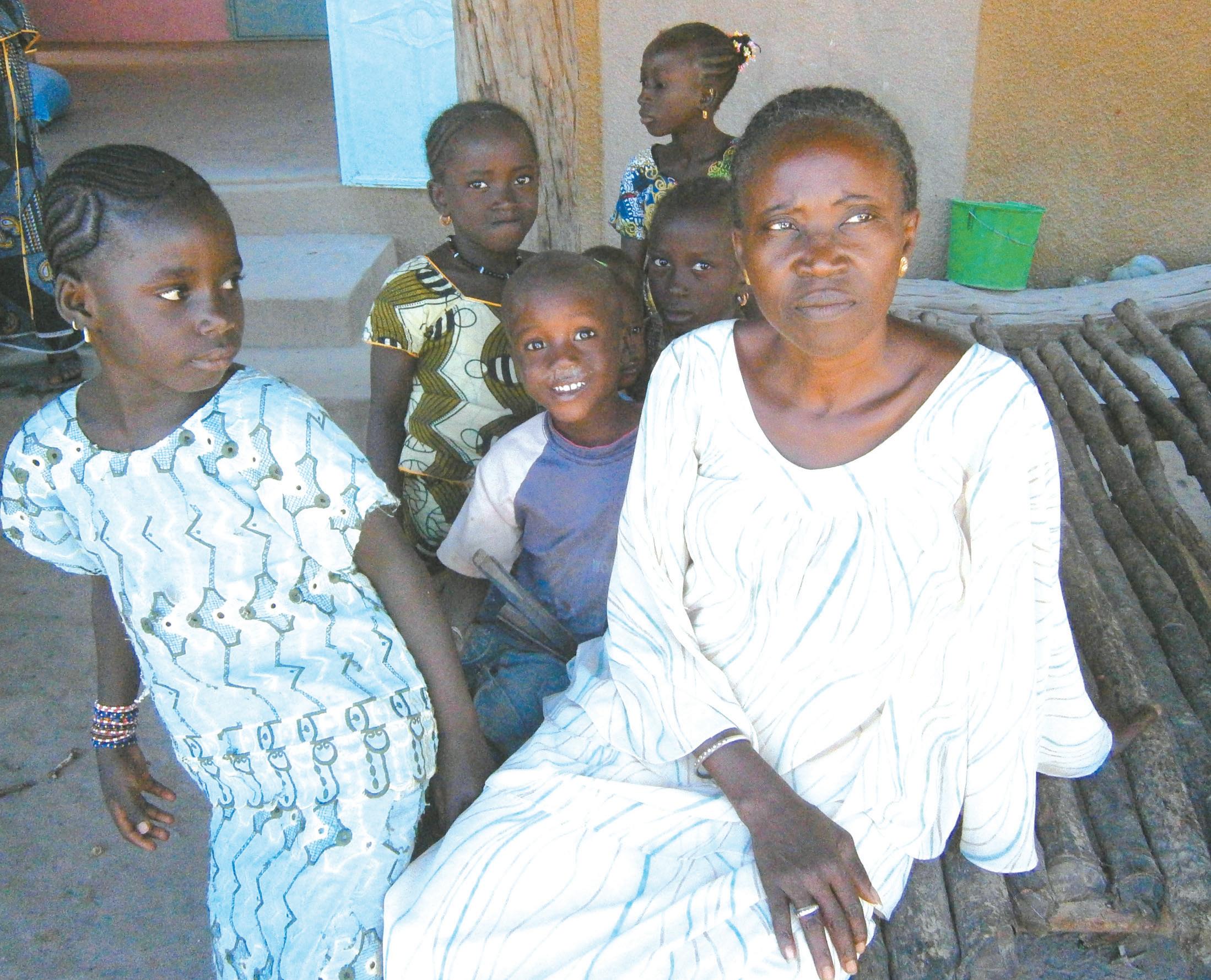
and received money from French and American donors to start her charity and build a hostel in Tambacounda for young women from Senegal’s rural villages.
In the countryside, a blend of poverty, illiteracy, traditions and absence of secondary schools keeps girls homebound to work and wed - sometimes at as early as age 11 - despite Senegalese law that states the minimum marriage age is 20 for males and 16 for females.
“One time there was an 11-yearold girl that was engaged to be married,” Mbaye recalled, “and I complained to the village chief, who told me, ‘You want every girl in the village to go to school? Take half, but leave half.’”
Mbaye said the safe and free-ofcharge hostel encourages parents to let their young women leave their
villages to study in Tambacounda’s public schools, as does the stipend that covers school materials and daily meals.
are young men residing in a separate wing, and 59 male students have received assistance from her organisation since 2010.
“Villagers get afraid (of educating their young women) and ask, ‘If we send the girls what will happen to the boys? Who will they find to marry?’ I say let’s send everyone to school,” said Mbaye.
She said her organisation recently used funding from the Catholic charity Caritas in the Diocese of St Polten, Austria, to construct classrooms for both young men and women in Thies, her hometown.
She said her paying job as a coordinator for a government rural energy project means she is often in the field in remote parts of the country, giving her vital access to village parents and the opportunity to advocate for their children’s education.
“I don’t tell (parents) they are wrong, this is not my approach. I explain to them the negative consequences of not sending their young to school and the effects this will have in the future” such as increased illiteracy and poverty, Mbaye said.
Idiatou, the catalyst behind Femmes Entr’Aide, is now 18. At the time of her escape, Mbaye insisted on meeting the girl’s illiterate parents to convince them they’d be better off with a daughter who was educated.
By Michael Kelly
DUBLIN - The president of the Irish bishops’ conference urged Catholics to make their views on abortion clear to politicians as the government considers legalising abortion in limited circumstances.
In his Christmas message, Cardinal Sean Brady of Armagh, Northern Ireland, reiterated the Church’s opposition to such legislation.
“Public representatives will be asked to decide whether a caring and compassionate society is defined by providing the best possible care and protection to a woman struggling to cope with an unwanted pregnancy or by the deliberate destruction of another human life,” the cardinal said.
“I hope that everyone who believes that the right to life is fundamental will make their voice heard in a reasonable, but forthright, way to their representatives, reminding them that the right to life is conferred on human beings not by the powerful ones of this world but by the creator.
“There is no more important value than upholding the right to life in all circumstances,” he said.
Since opening its doors in 2008, Femmes Entr’Aide - French for “Women Aiding Each Other” - has helped 552 young women attend classes beyond the elementary level, according to the charity’s records.
“We have had to cut back on cooks and cleaners, and the amount of the stipend has decreased. We are looking at ways of making the hostel more sustainable,” she said.
Girls are often married-off as young as 11. Mbaye, who helps escaping girls get an education, says growing up Catholic taught her to love others.
Mbaye spoke of a shortage of funds, noting that a recently fired employee was in jail for swindling thousands in hostel funds.
When not at school or studying, the young women take turns cooking and cleaning, and there are plans to build a reservoir to save on water bills, as well as plans for a boutique to sell soap the women will make to help defray living costs.
Mbaye said that of the 131 students now living in the hostel, 35
The parents consented, but married Idiatou to a neighbor’s son on the second day of her first school break, when she was home for a visit.
“Then I went back to the village and convinced the husband to allow his new wife to continue her studies in Tambacounda,” said Mbaye.
“He was immigrating ... and I explained how useful it would be if his wife was educated ... in order to look after their future children’s health and read important notices” while he was away, Mbaye explained.
Mbaye said that, soon after the wedding, the husband left for Spain and has not returned. Idiatou, in the meantime, has finished high school in Tambacounda and is now in her second year of studies at a nursing college, Mbaye added. - CNS
Politicians feel ire of young and female Pope: the Christ child will vanquish
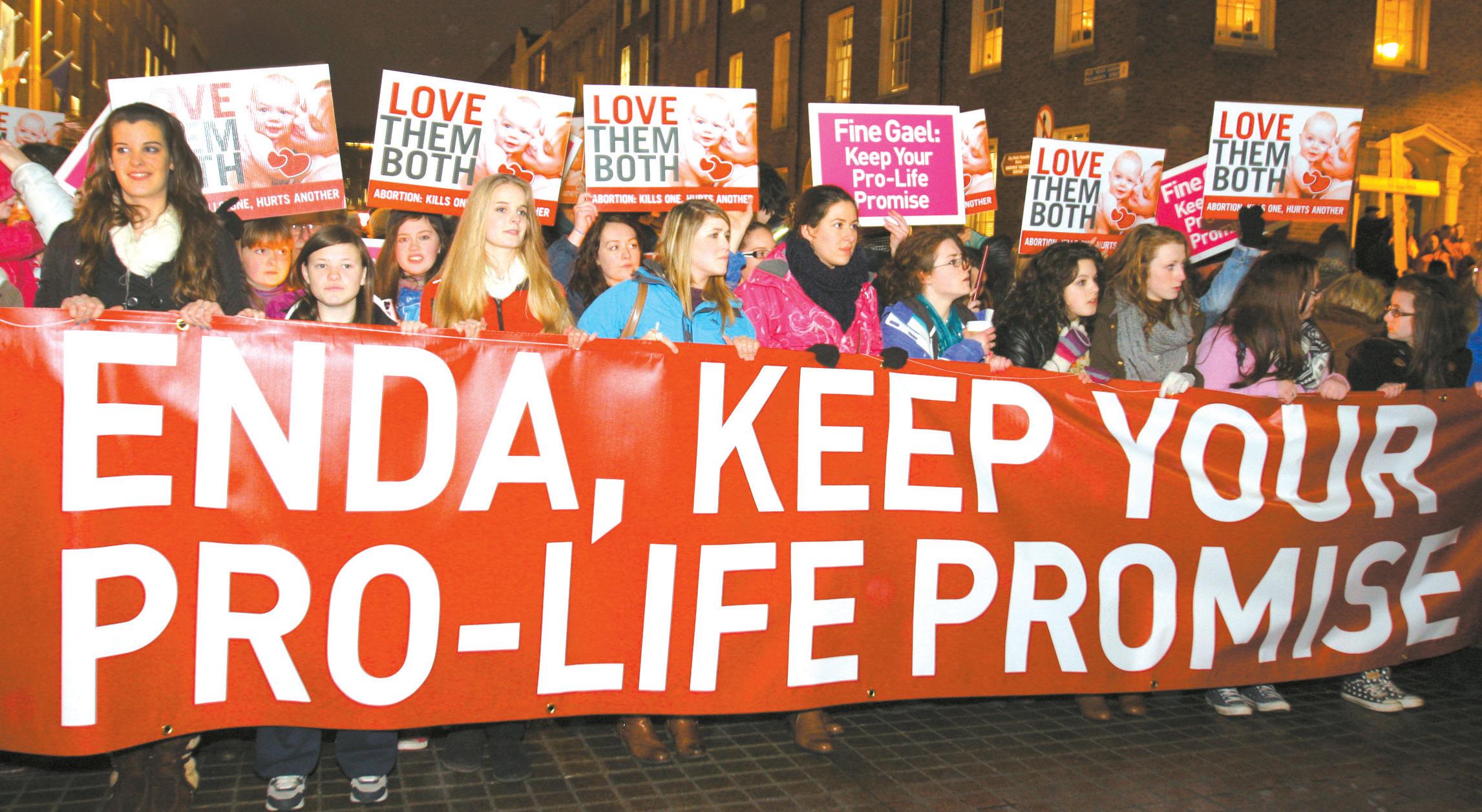
While the government has pledged to introduce abortion legislation in 2013, Minister for Health James Reilly has insisted that his plans will take “full account of the equal right to life of the unborn child.”
In practice, abortion has been illegal in Ireland under legislation
enacted in 1861. However, a 1992 Supreme Court judgment - known as the X case - found that there is a constitutional right to abortion where there is a substantial risk to the life of the mother, including the risk of suicide, up to birth.
Successive governments have not acted on the issue. However, the
European Court of Human Rights ruled in 2010 that Ireland must clarify when women can access abortion under the 1992 ruling. Church leaders and pro-life campaigners are urging the government to hold a constitutional referendum to overturn the 1992 Supreme Court decision. - CNS
VATICAN CITY - Mary’s role in the birth and life of Jesus shows all Christians the strength of faith lies in trusting God, even when his will is mysterious and life seems dark, Pope Benedict XVI said. “The power of God, in our lives as well, works with the often silent power of truth and love,” the Pope said on December 19. “Faith tells us that the defenceless power of that baby will vanquish the clamor of the powers of the world. The glory of God does not show itself in the triumph and power of a king and does not shine forth from a famous city or a sumptuous palace, but takes up its dwelling place in the womb of a virgin and is revealed in the poverty of a baby,” Pope Benedict said. With a Nativity scene already decorating the stage in the Vatican audience hall, the Pope’s weekly meeting with visitors and pilgrims already had a Christmas feel. The atmosphere was even more festive given the presence of a group of zampognari, Italian bagpipe players who shared their renditions of Adeste Fideles and other traditional carols. - CNS
January 2, 2013 WORLD therecord.com.au 15
Senegalese aid worker Constance Mbaye on December 11 in the village of Dialamakhan, Senegal. Mbaye, a Catholic, works to help rural women get an education.
PHOTO: CNS / JAMES MARTONE
Pro-life demonstrators mount a candlelight vigil outside the Irish parliament in Dublin on December 4.
PHOTO: CNS

NEW YEAR’S SALE Telephone: 9220 5912 Email: bookshop@therecord.com.au Address: 21 Victoria Square, Perth 6000 BIBIANA KWARAMBA Bookshop Manager 30% An Amazing Hurry into the Record Bookshop before stock runs out!!! Sale only applies to selected items Off selected stock in store




































































